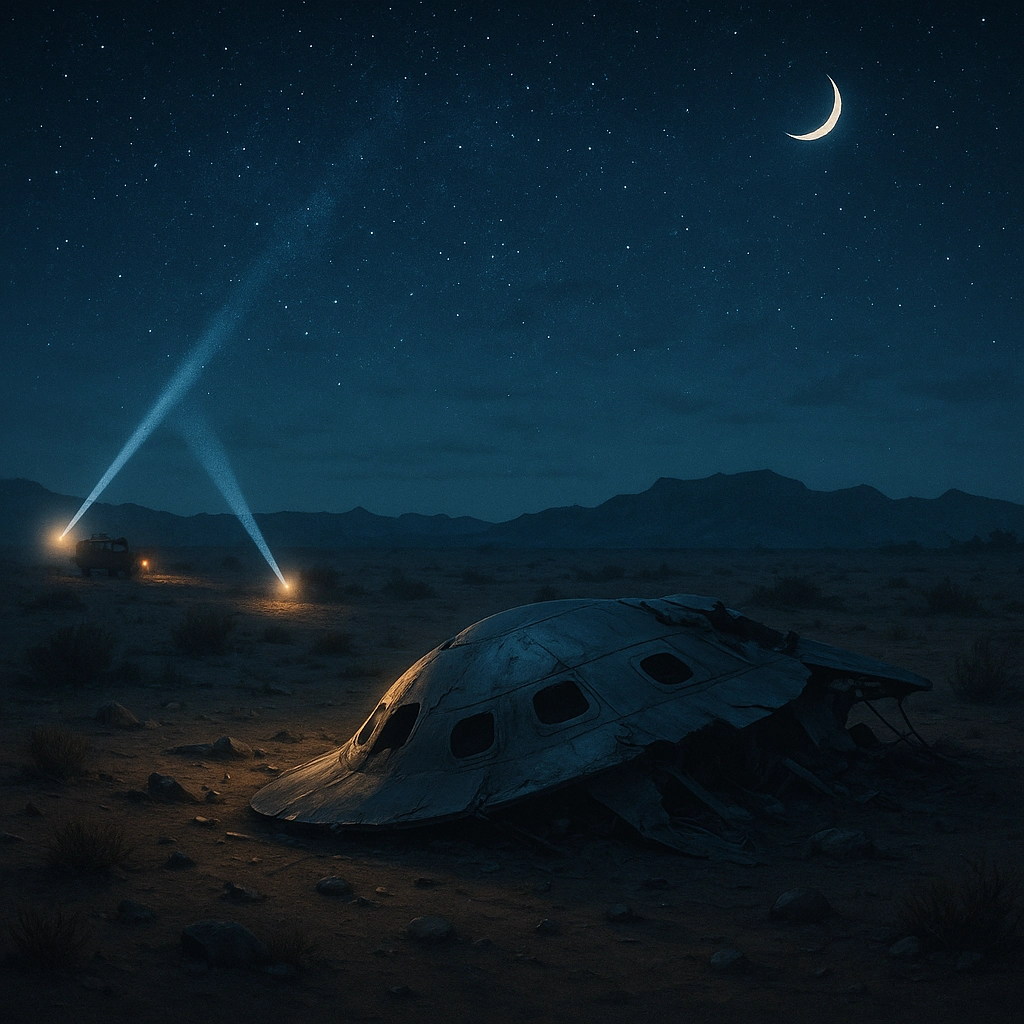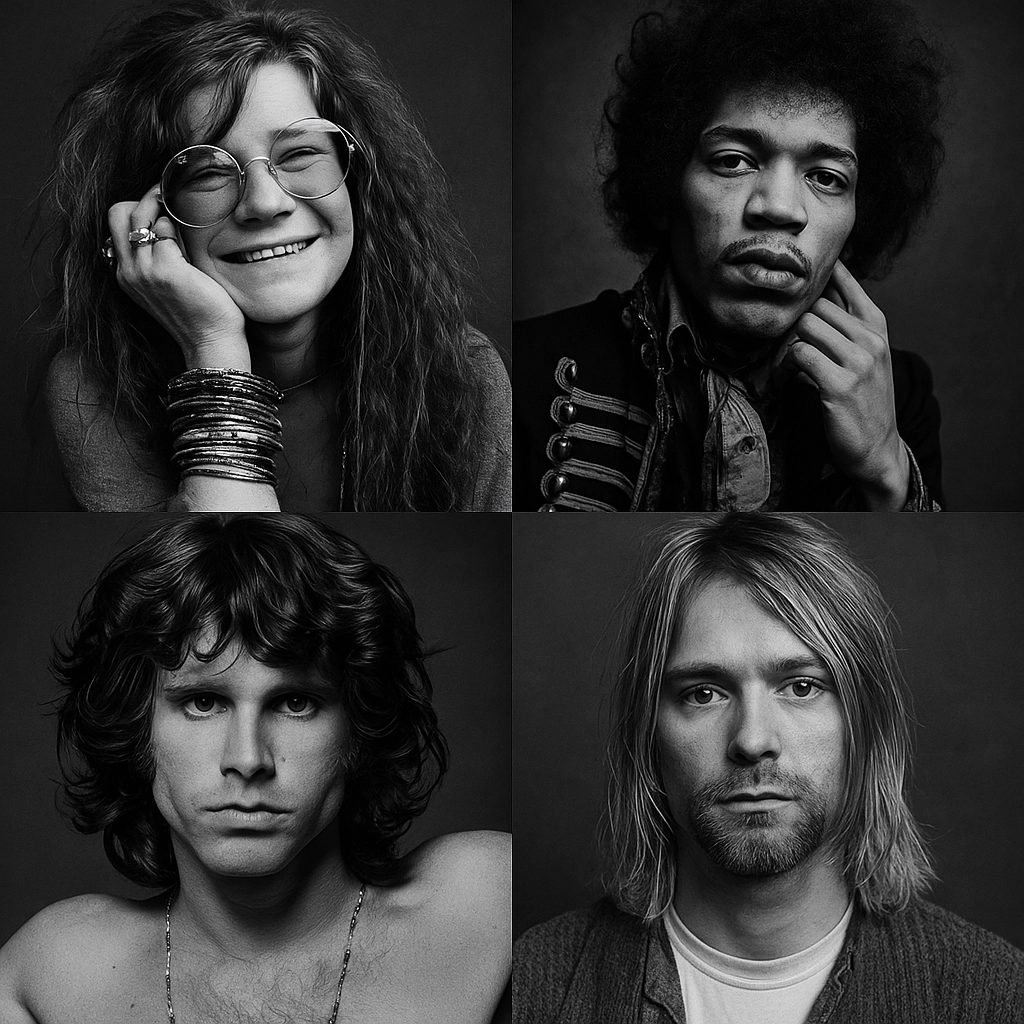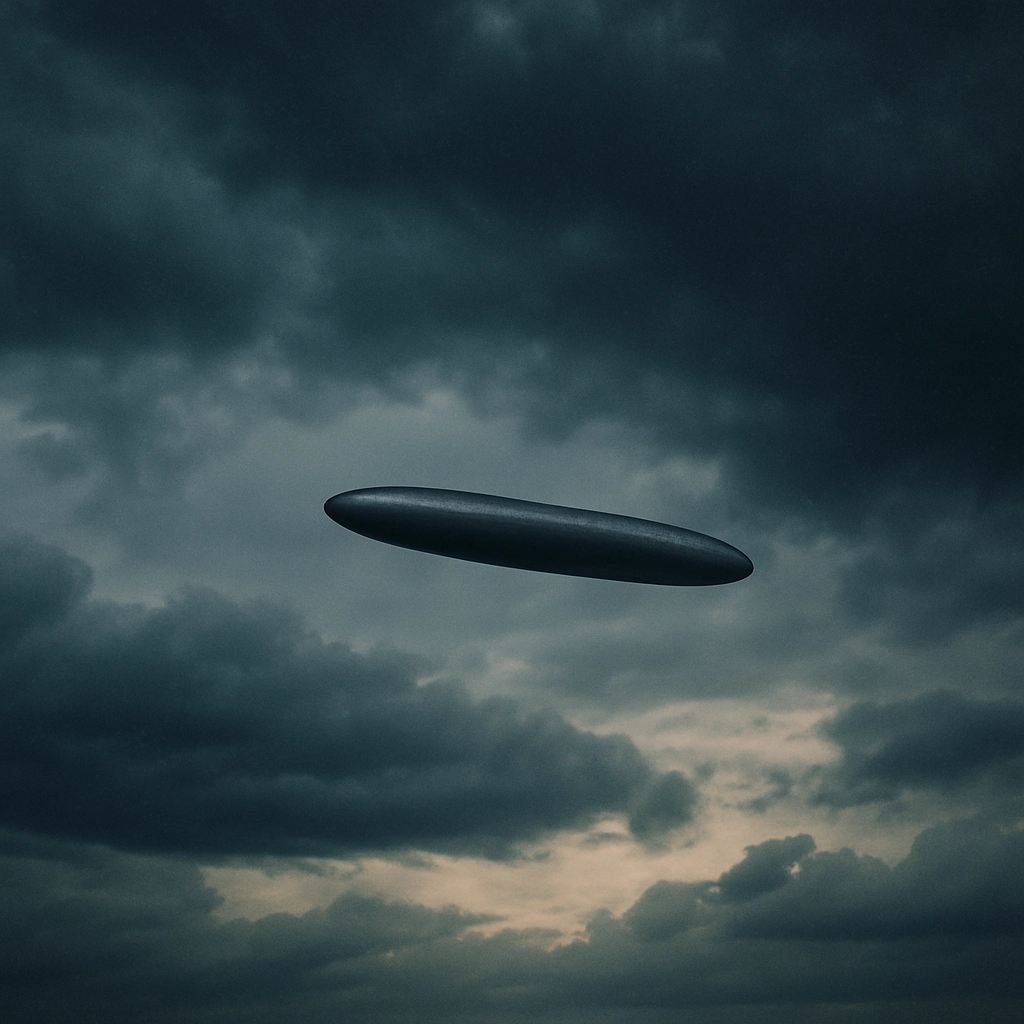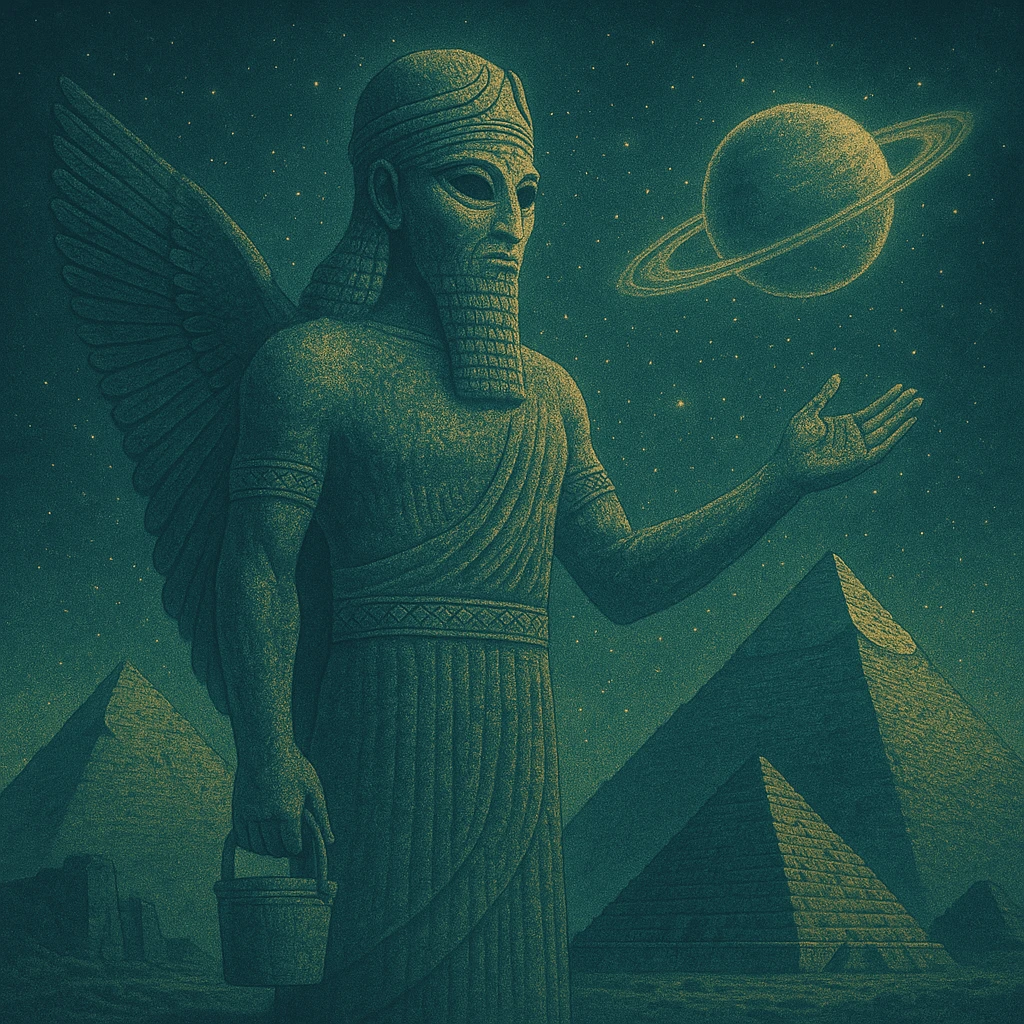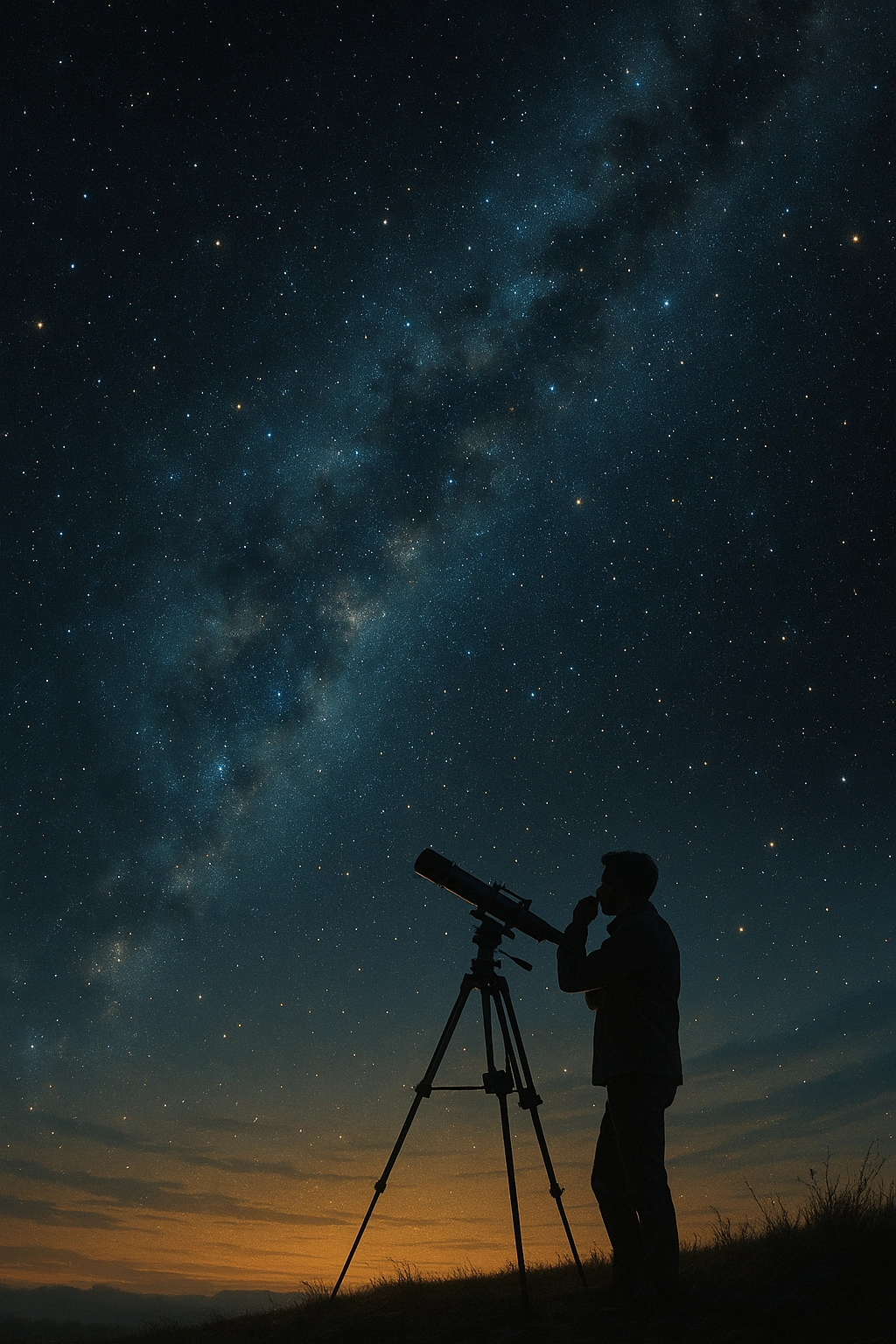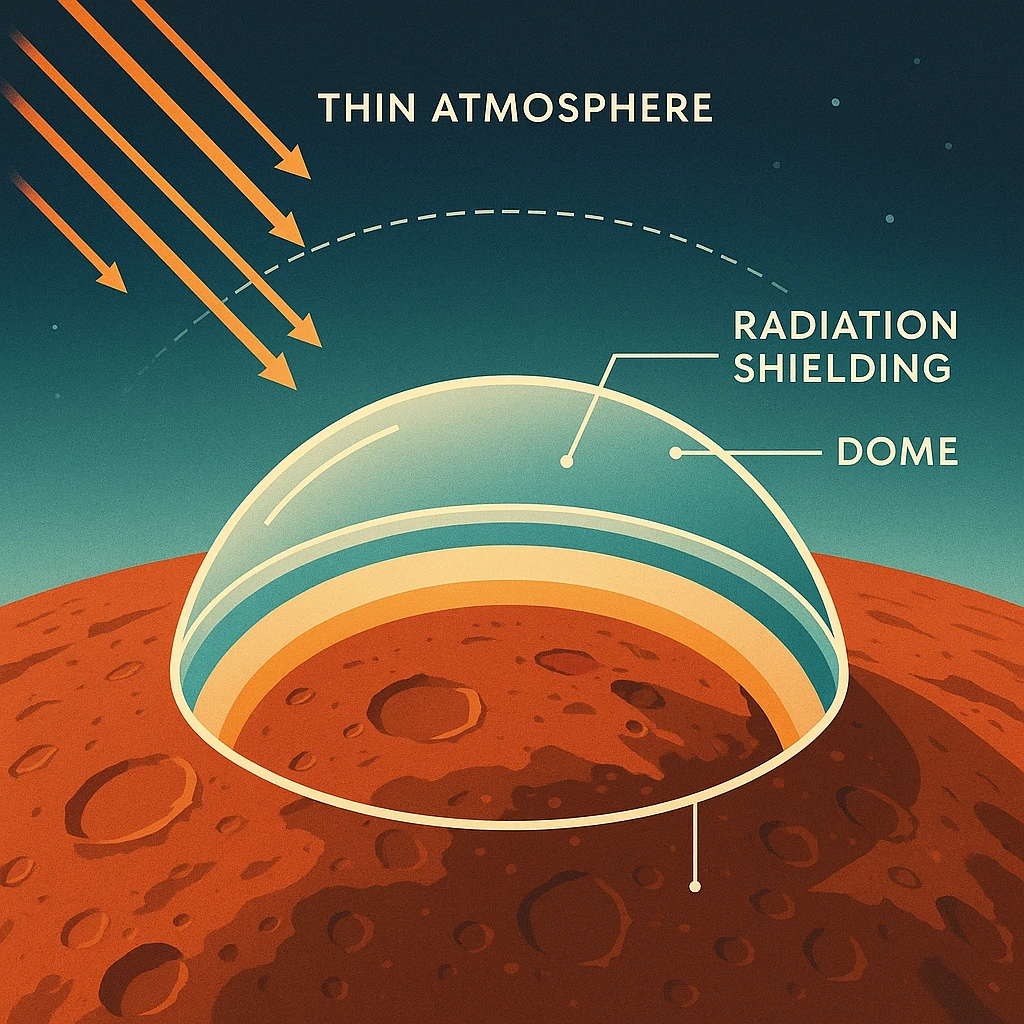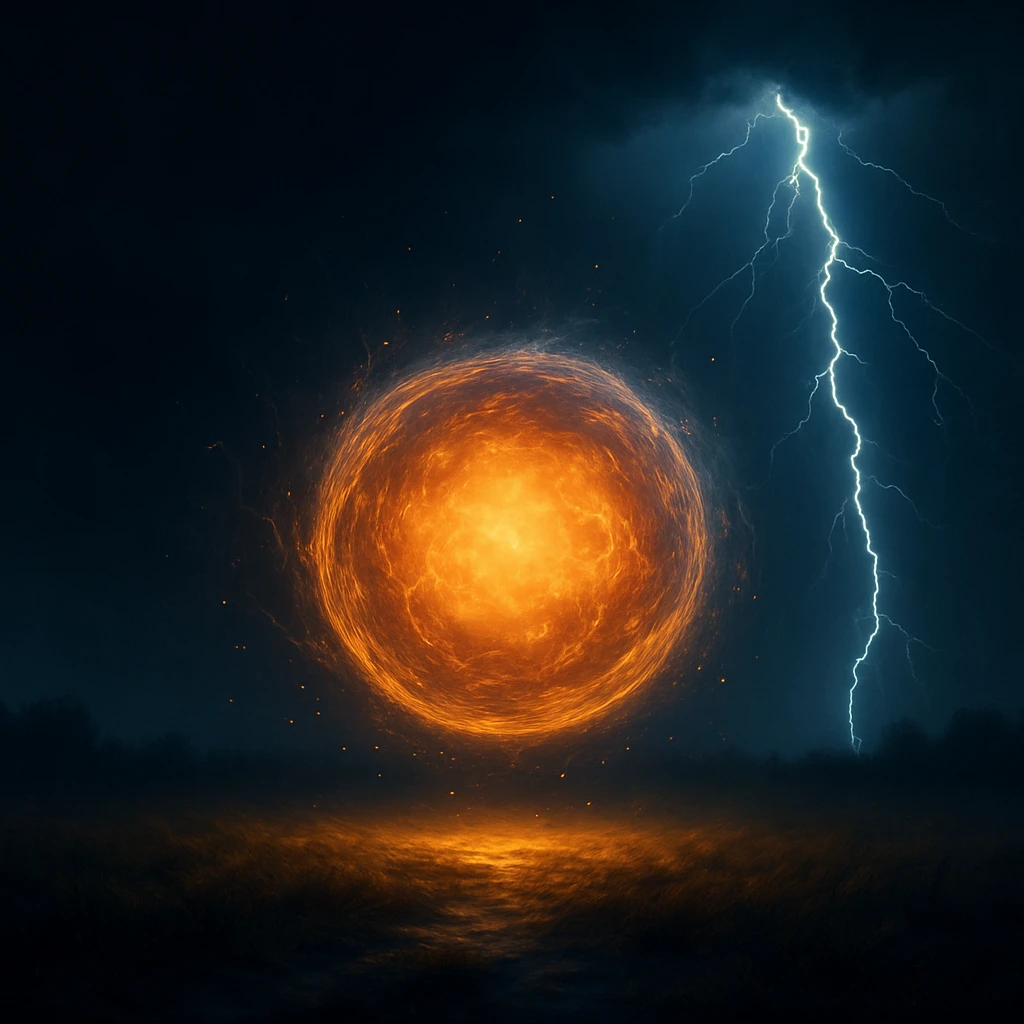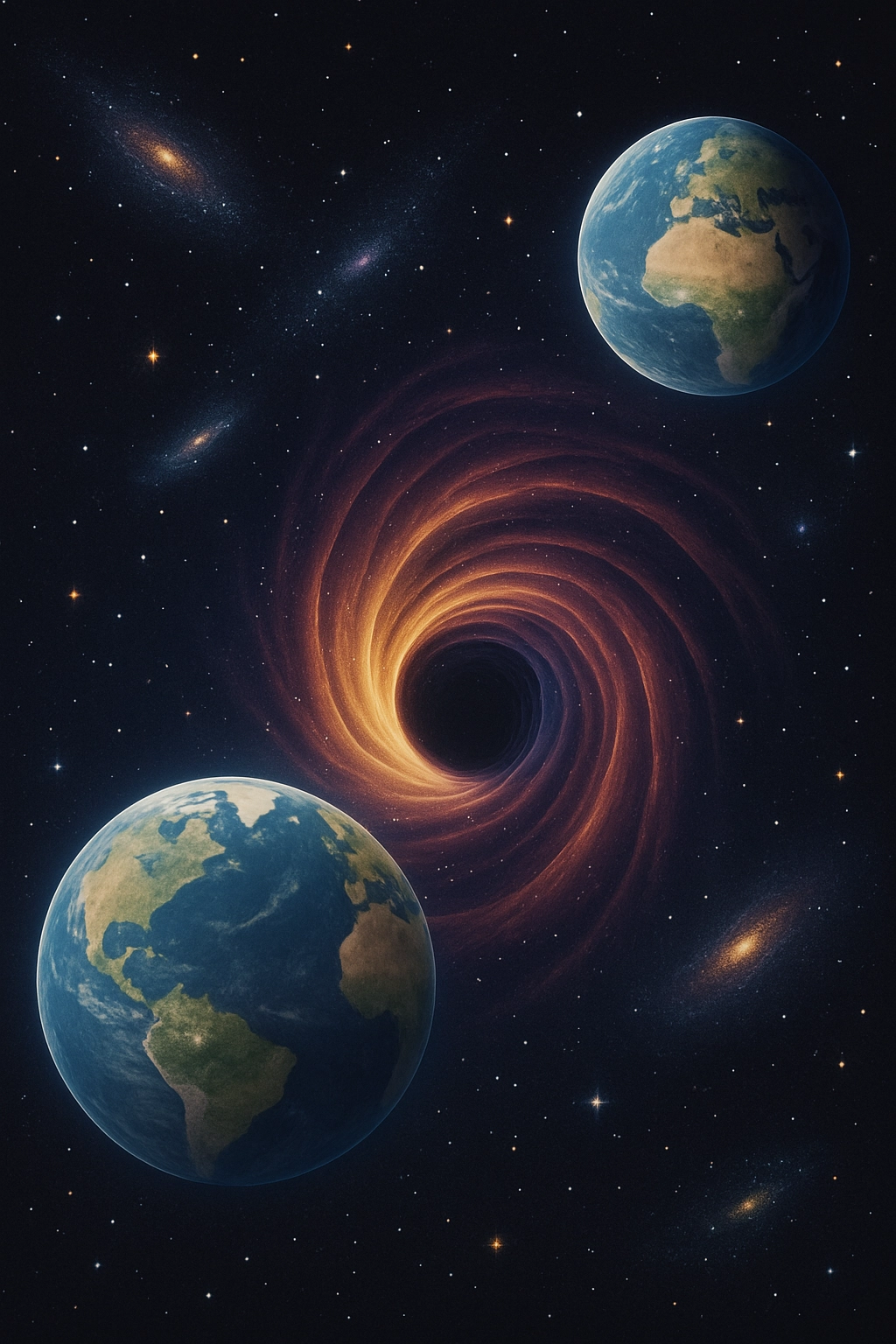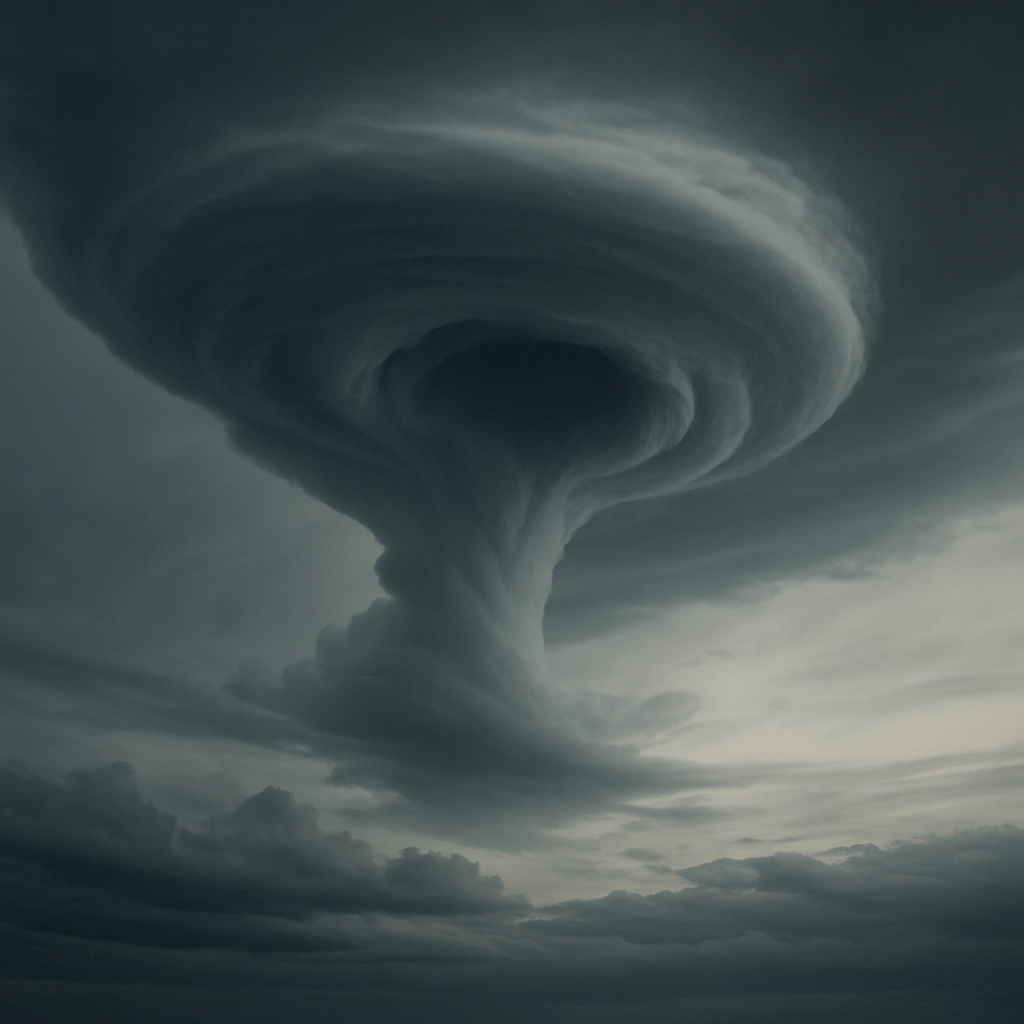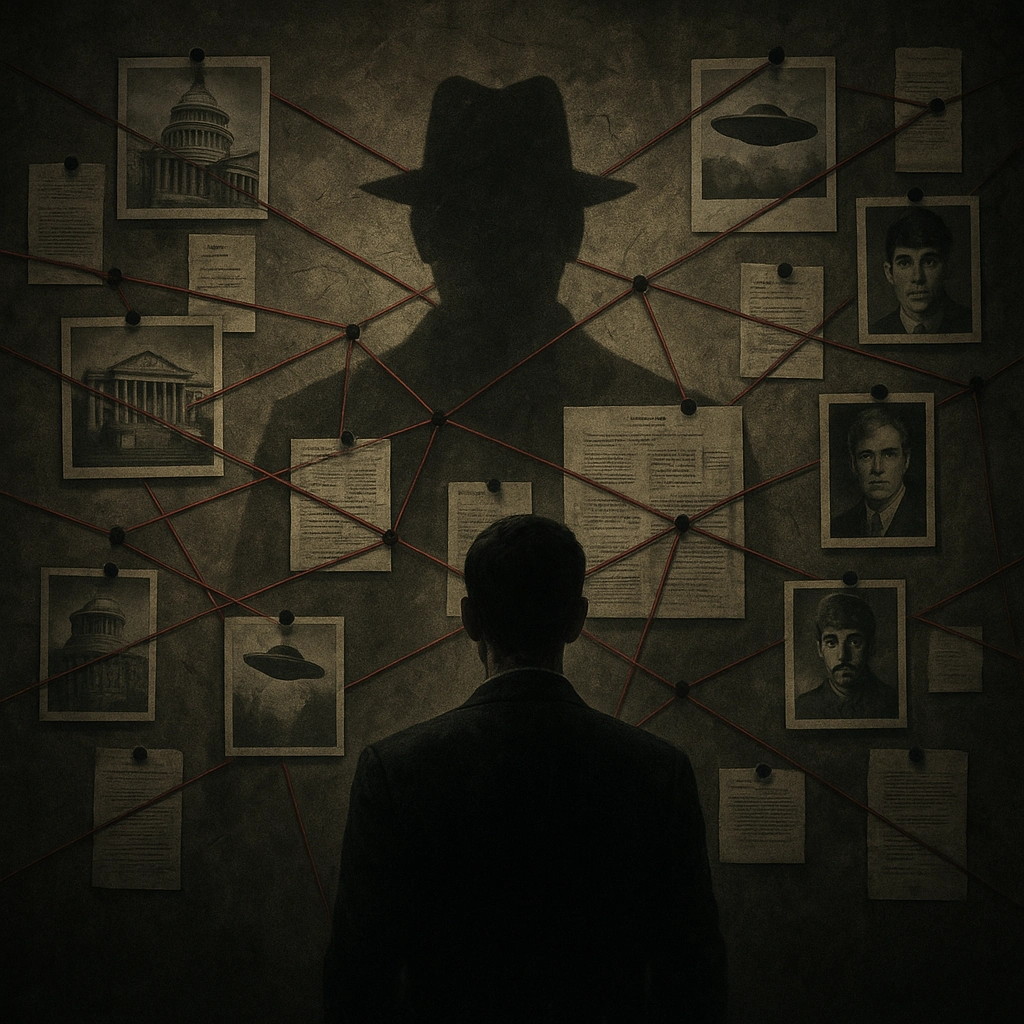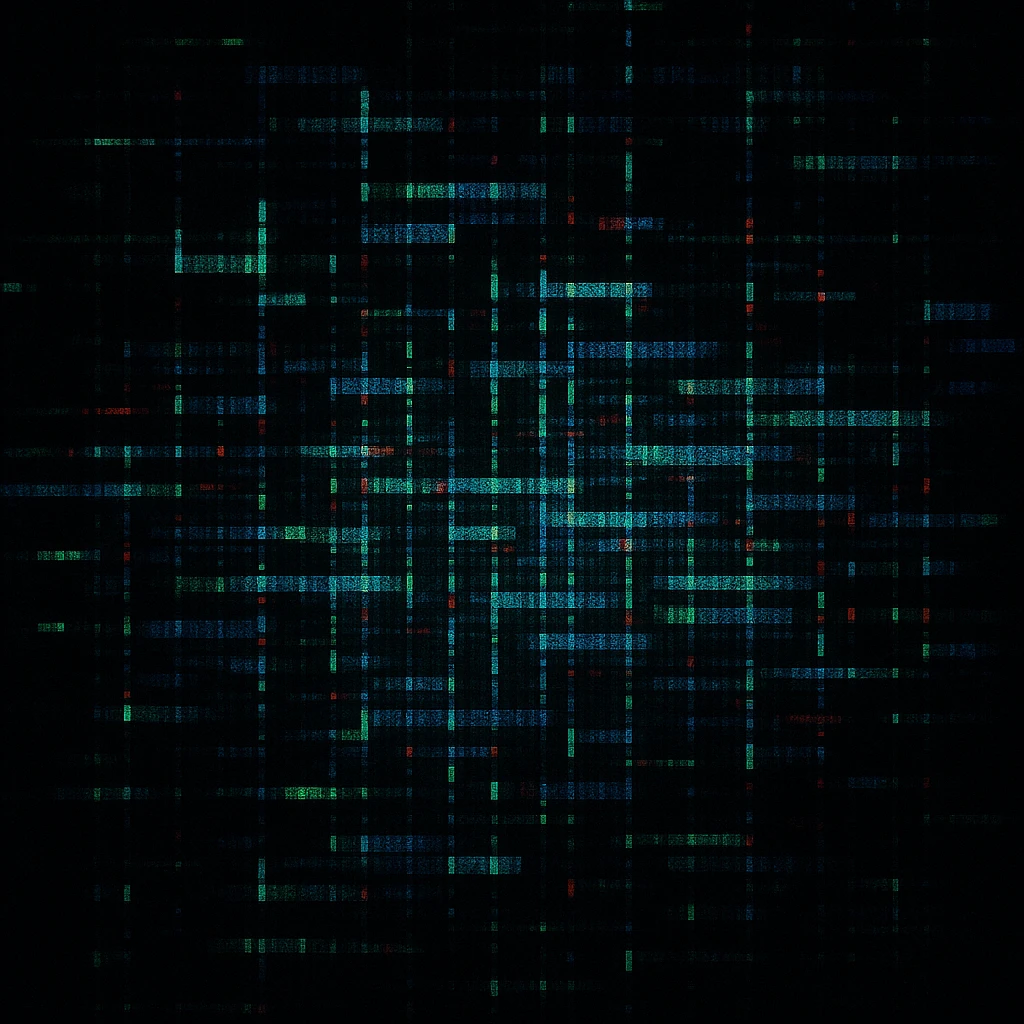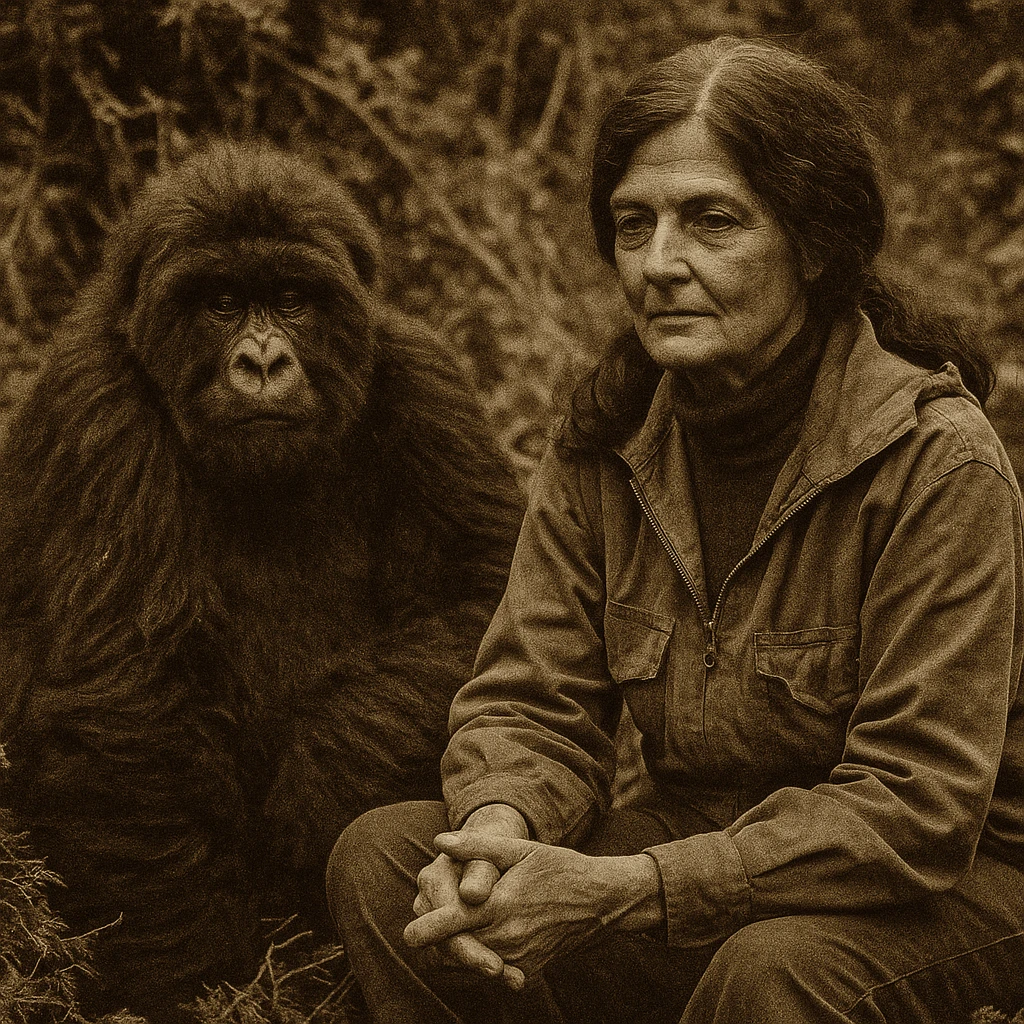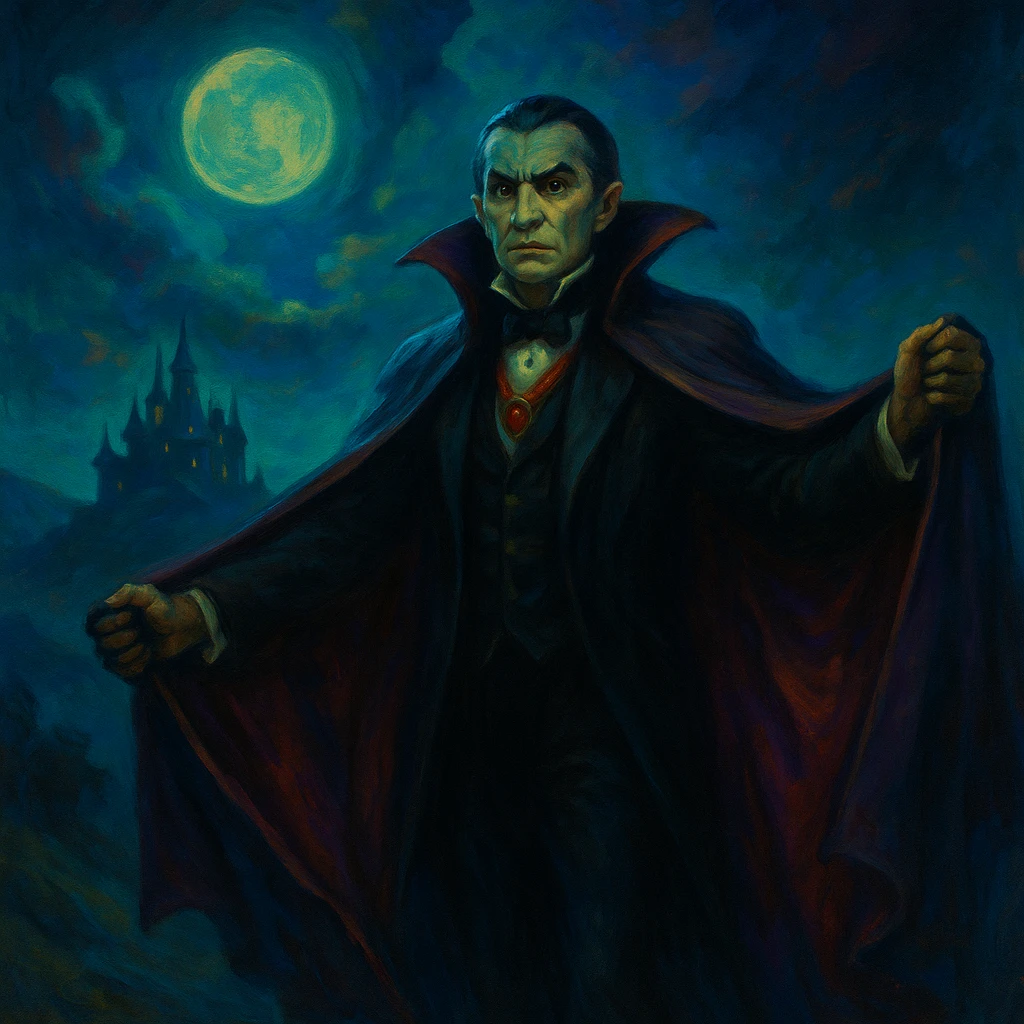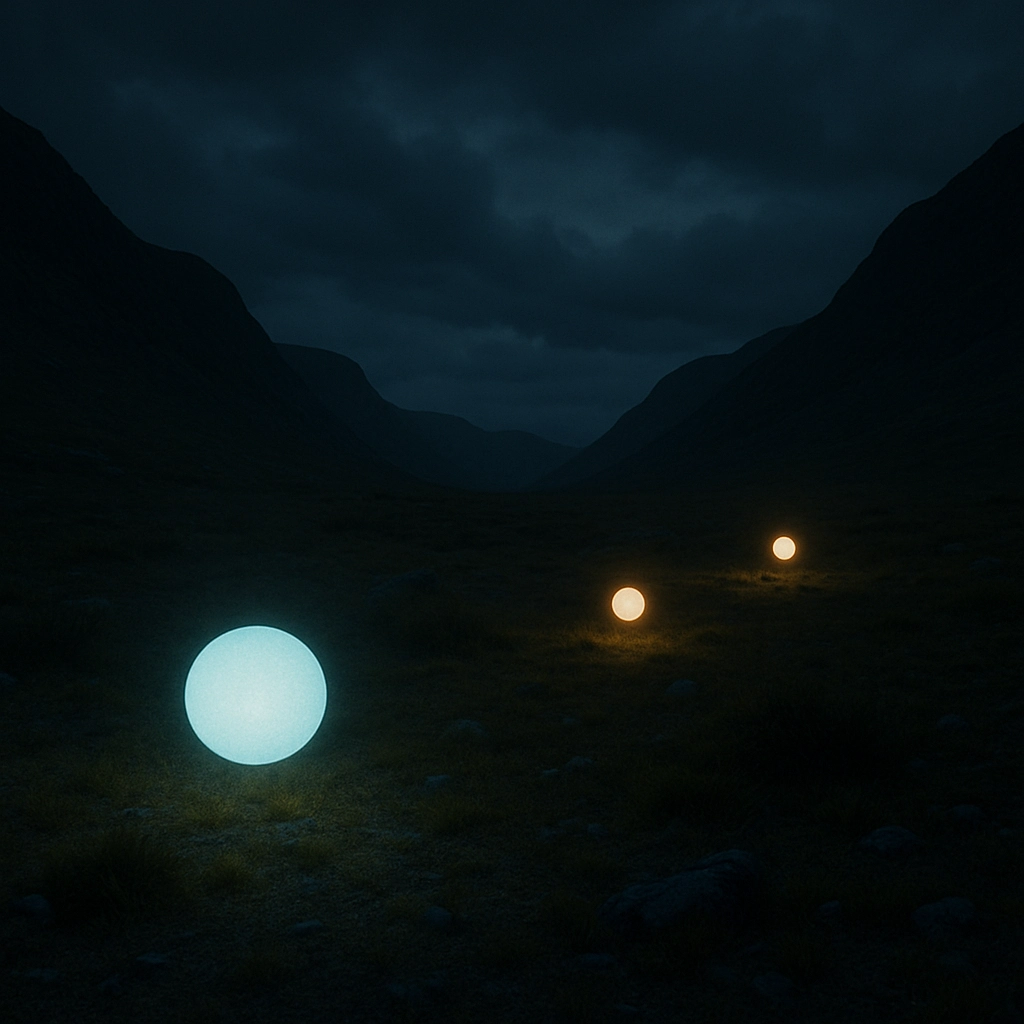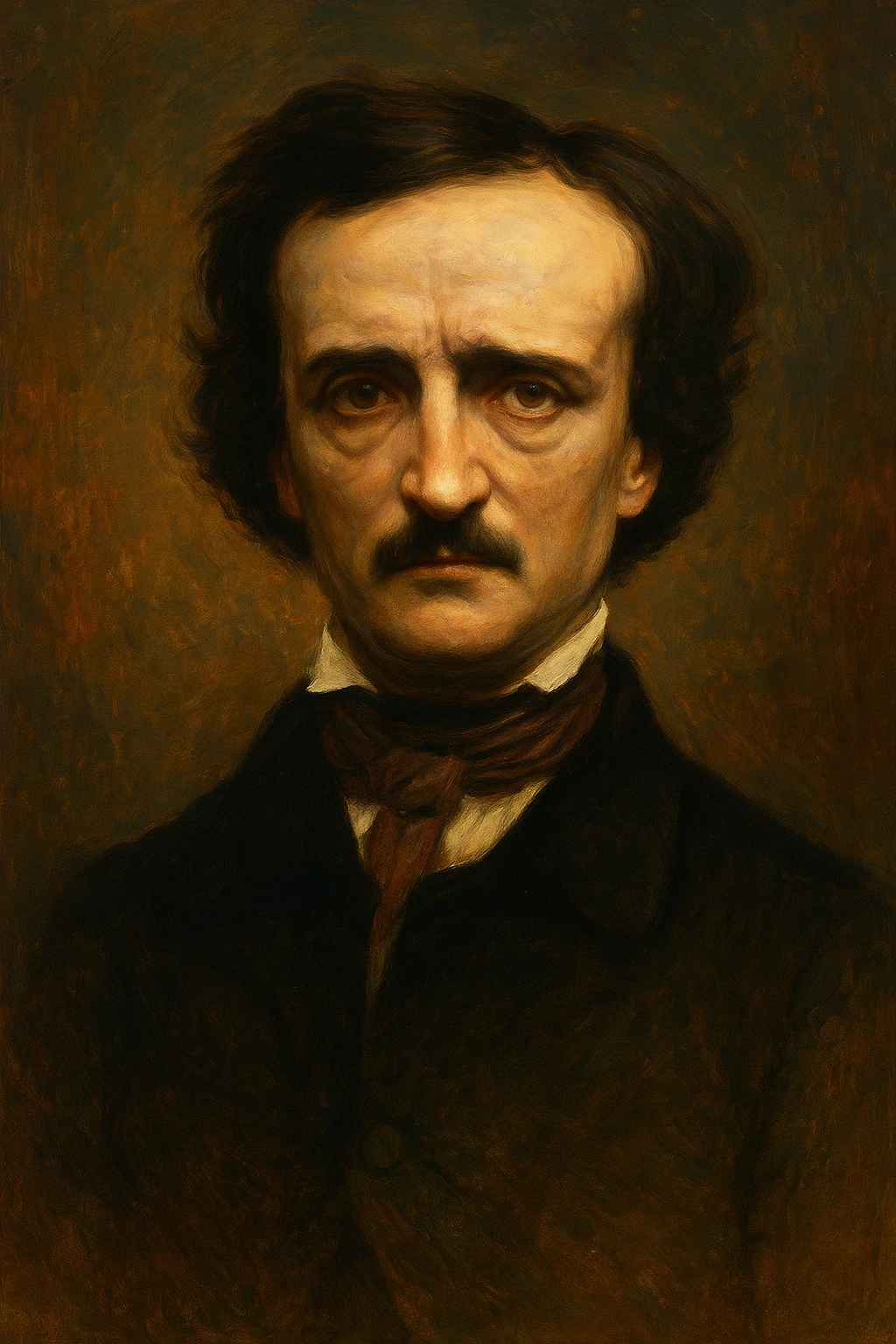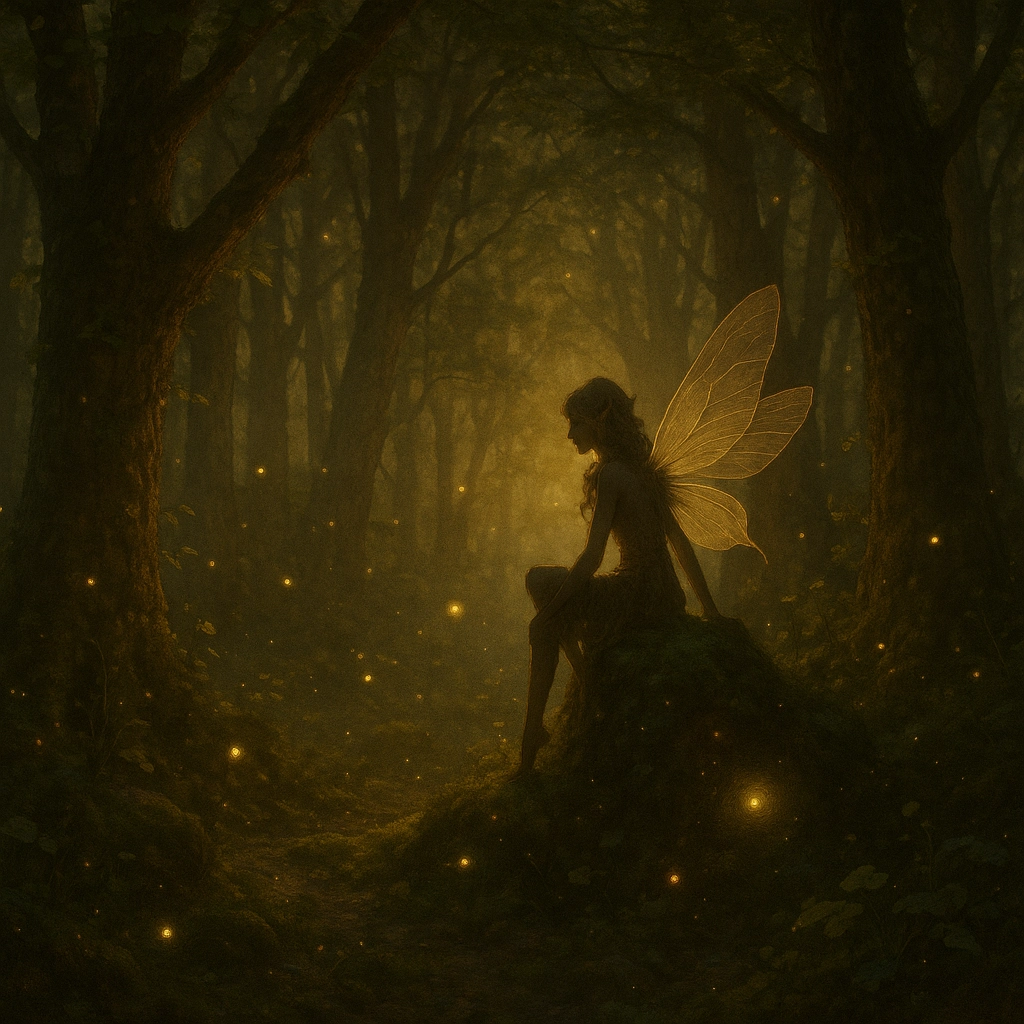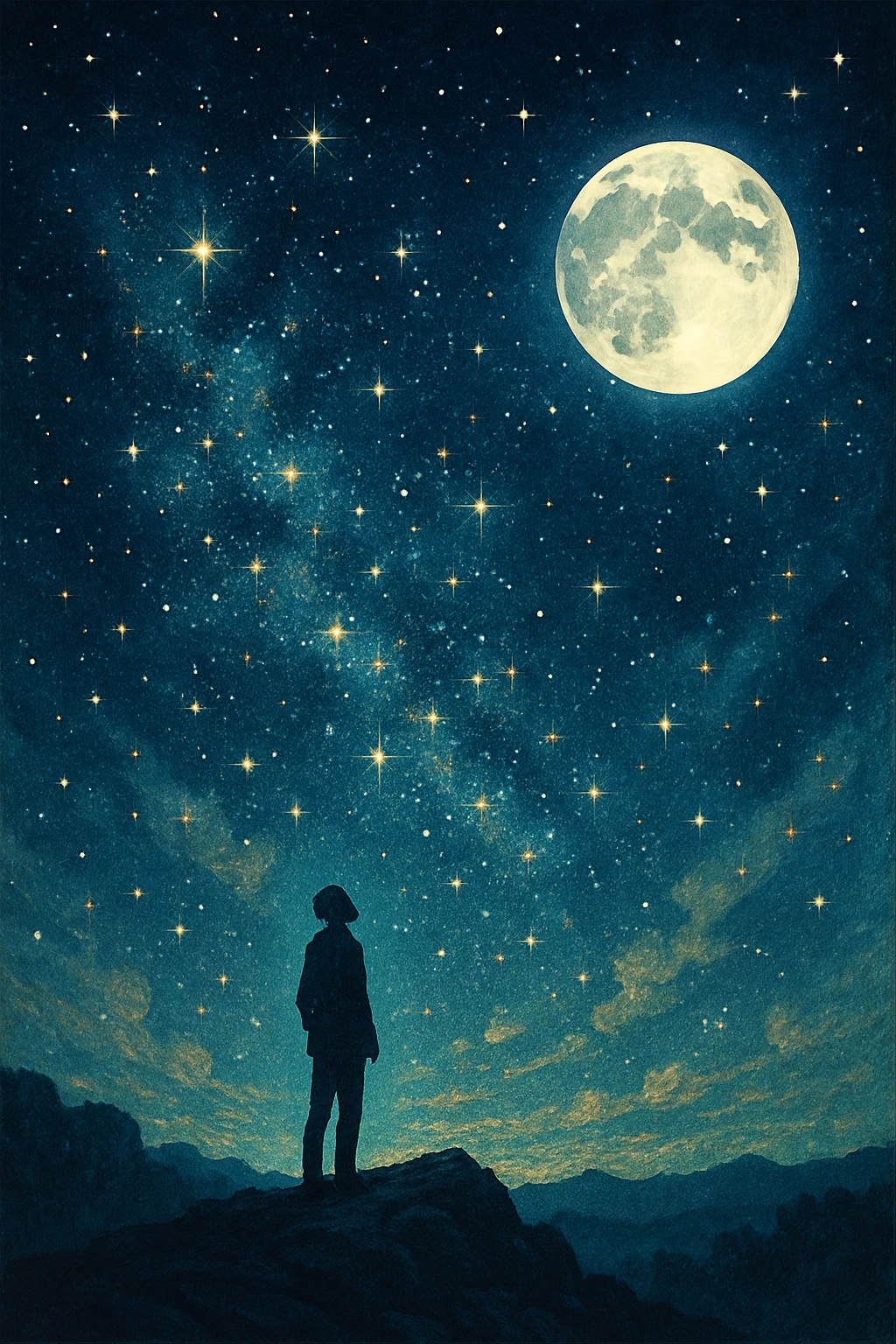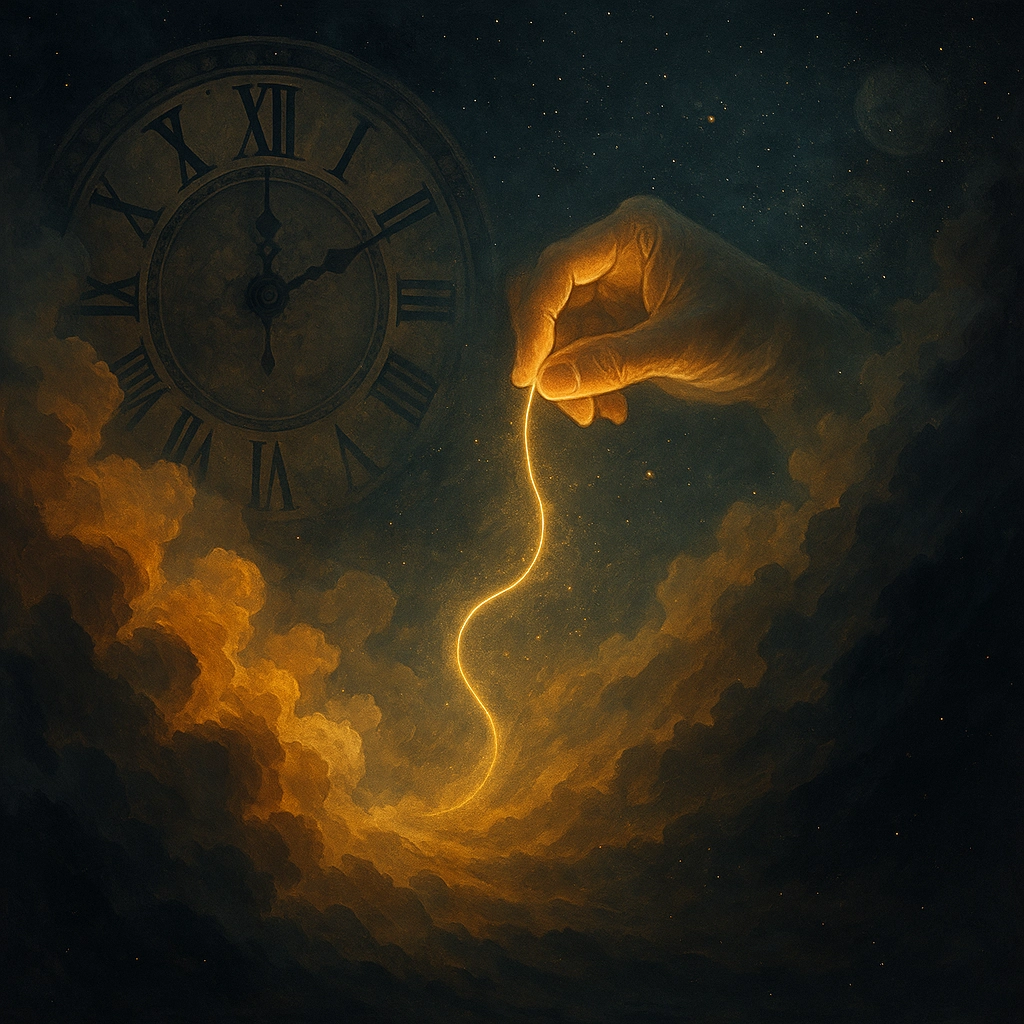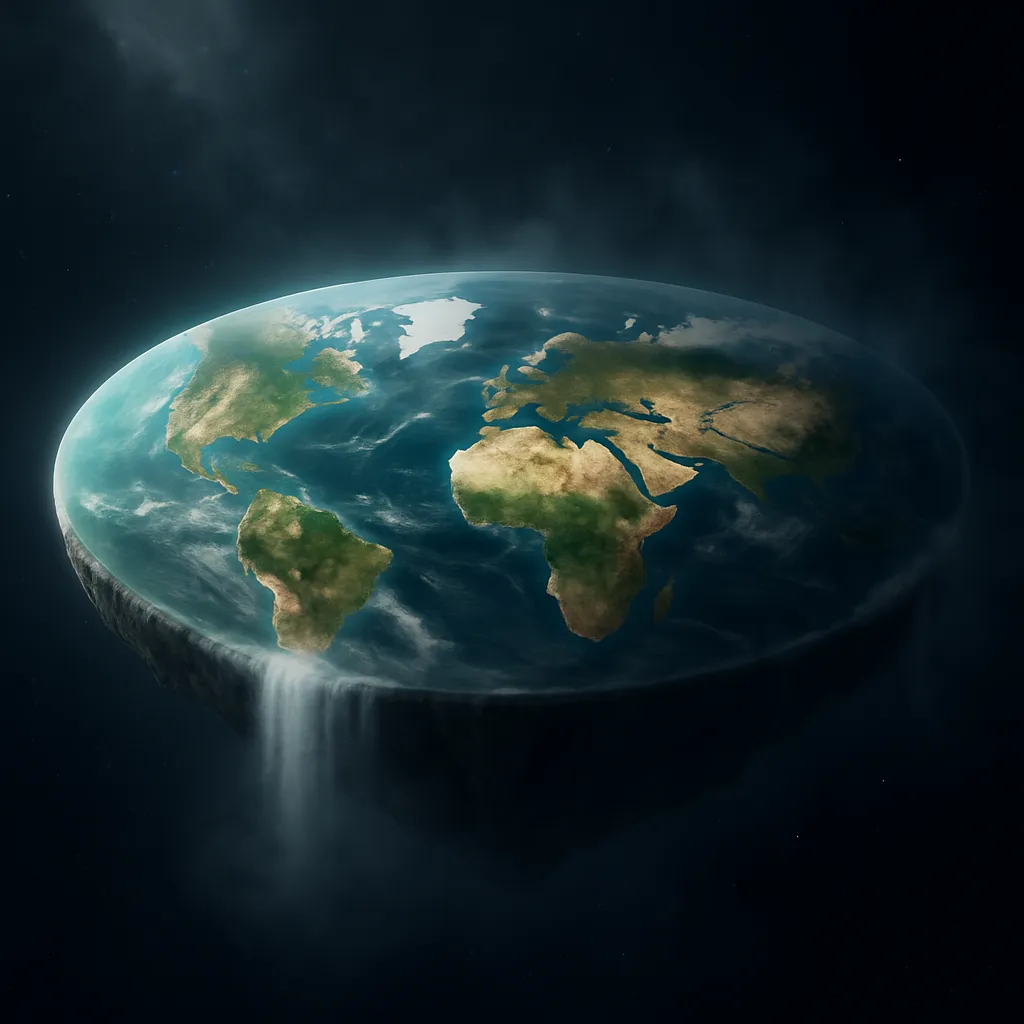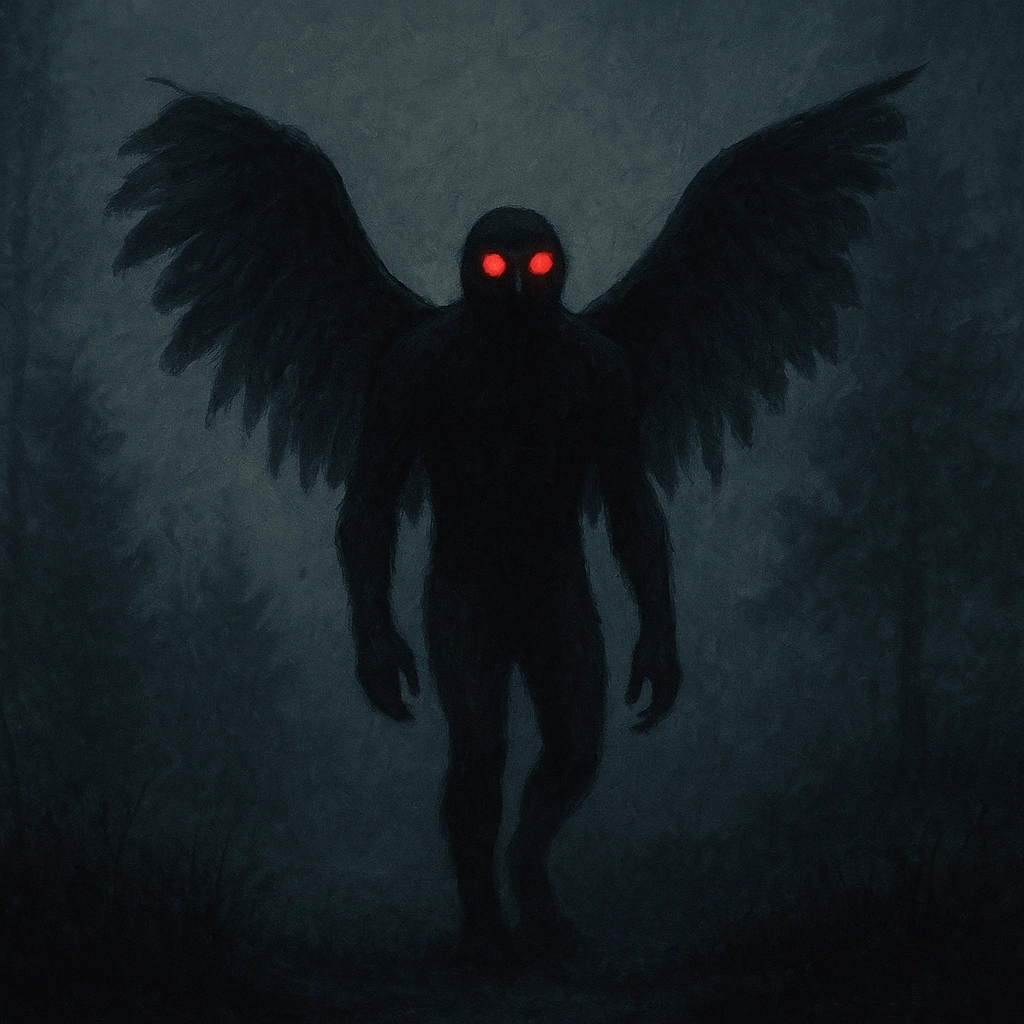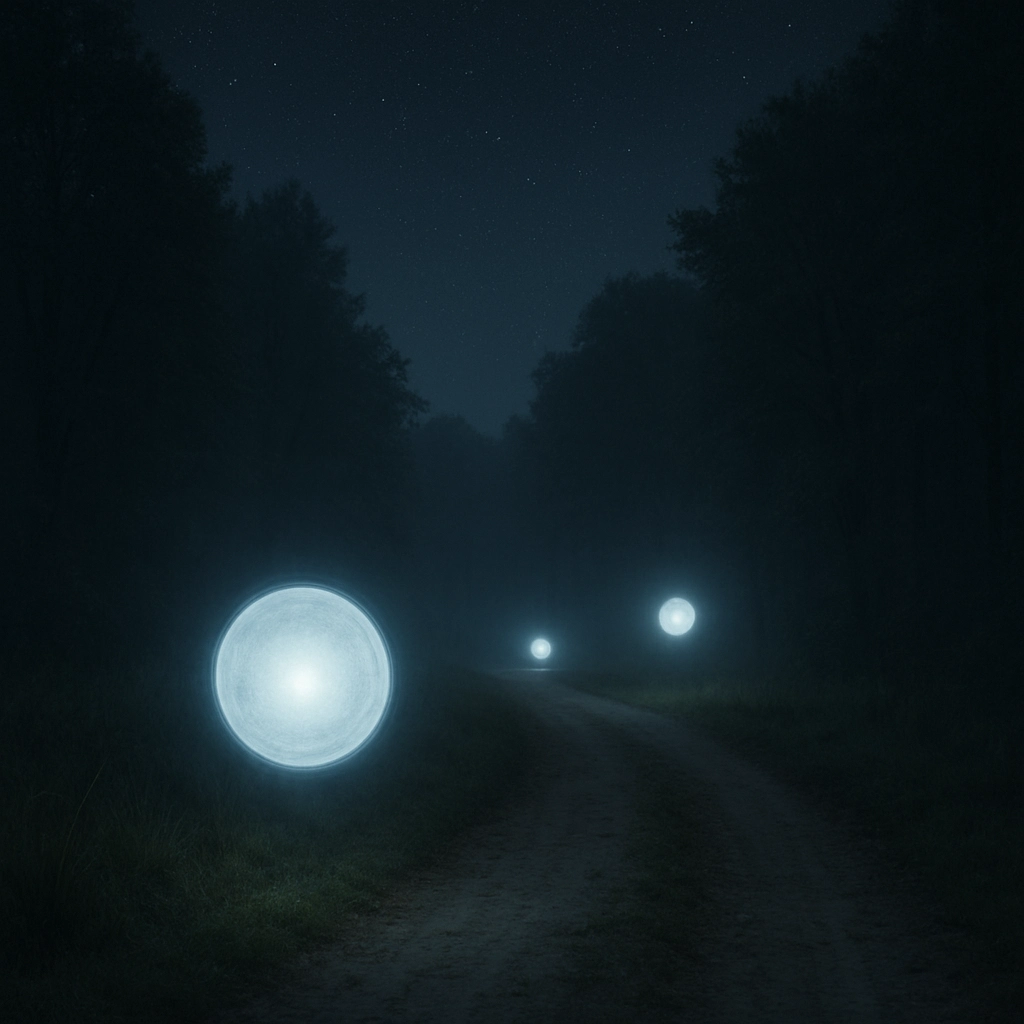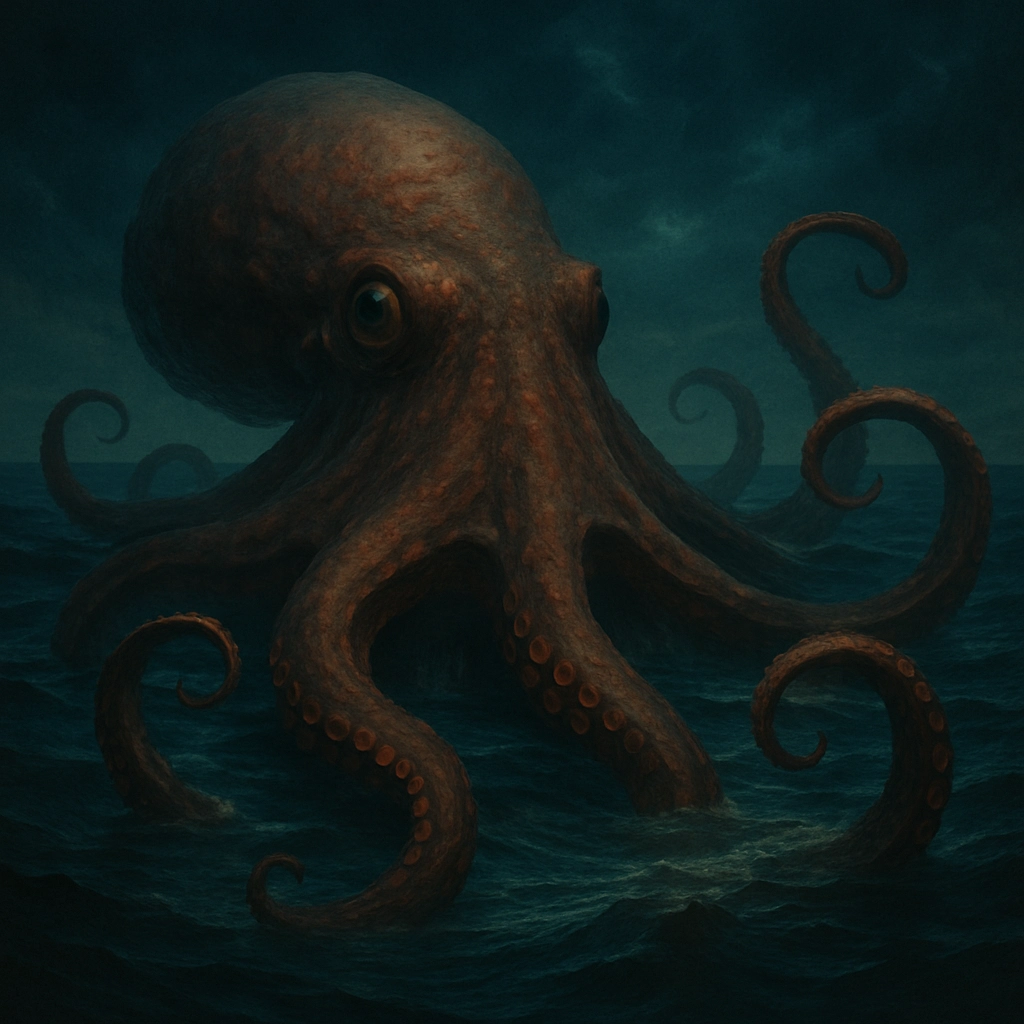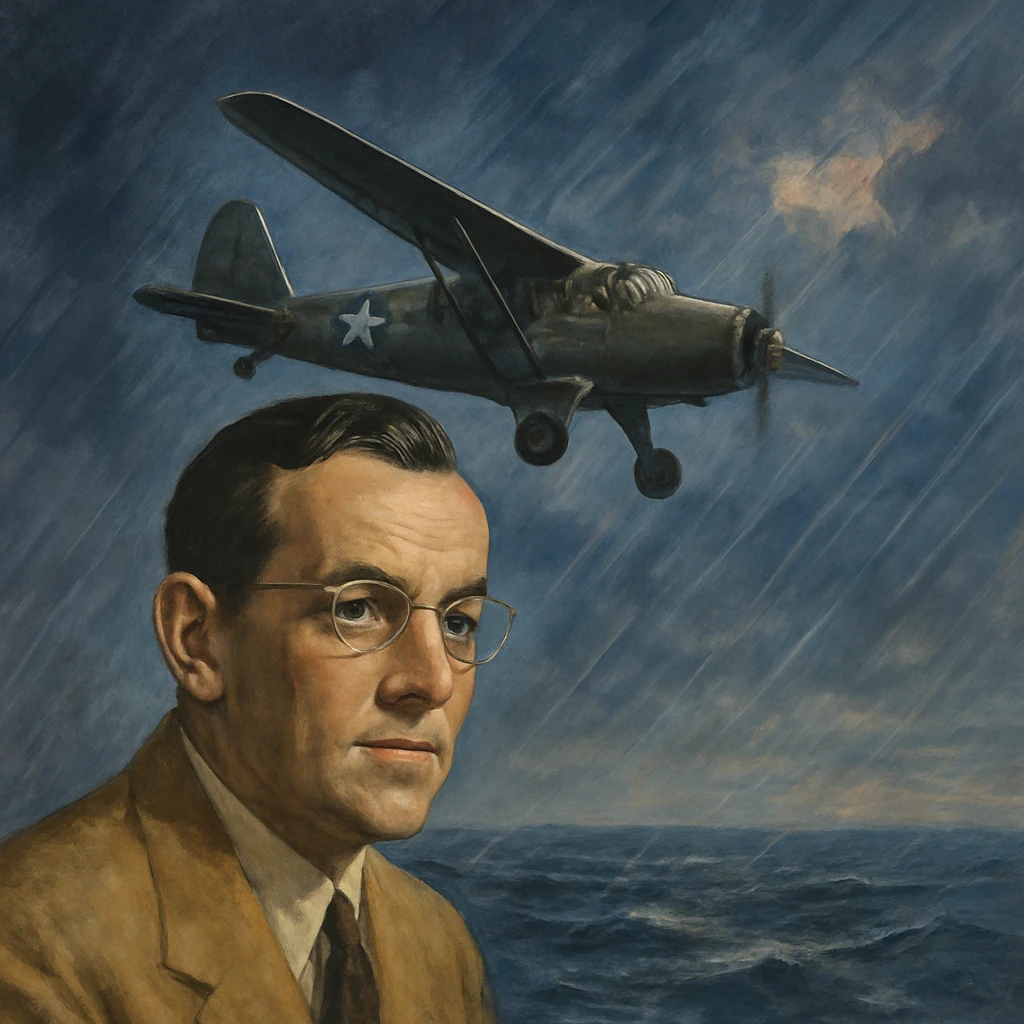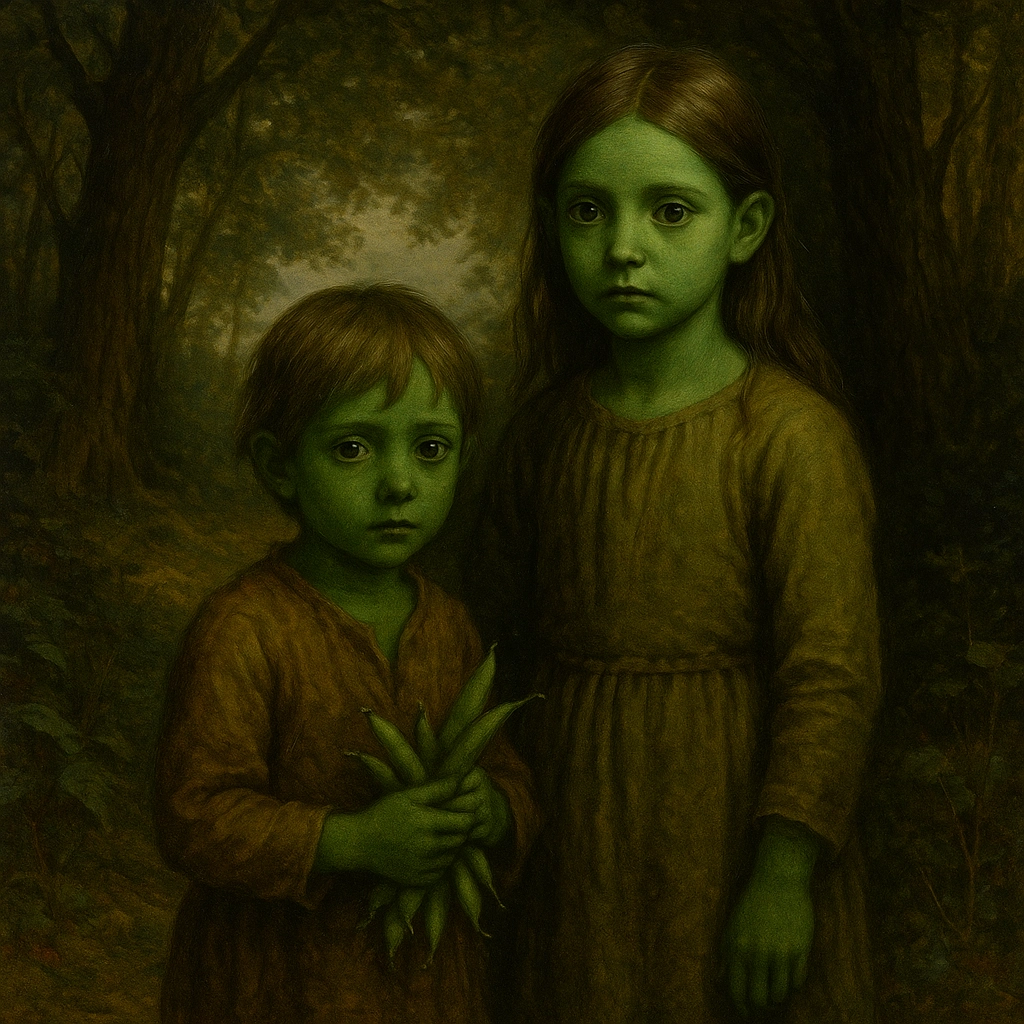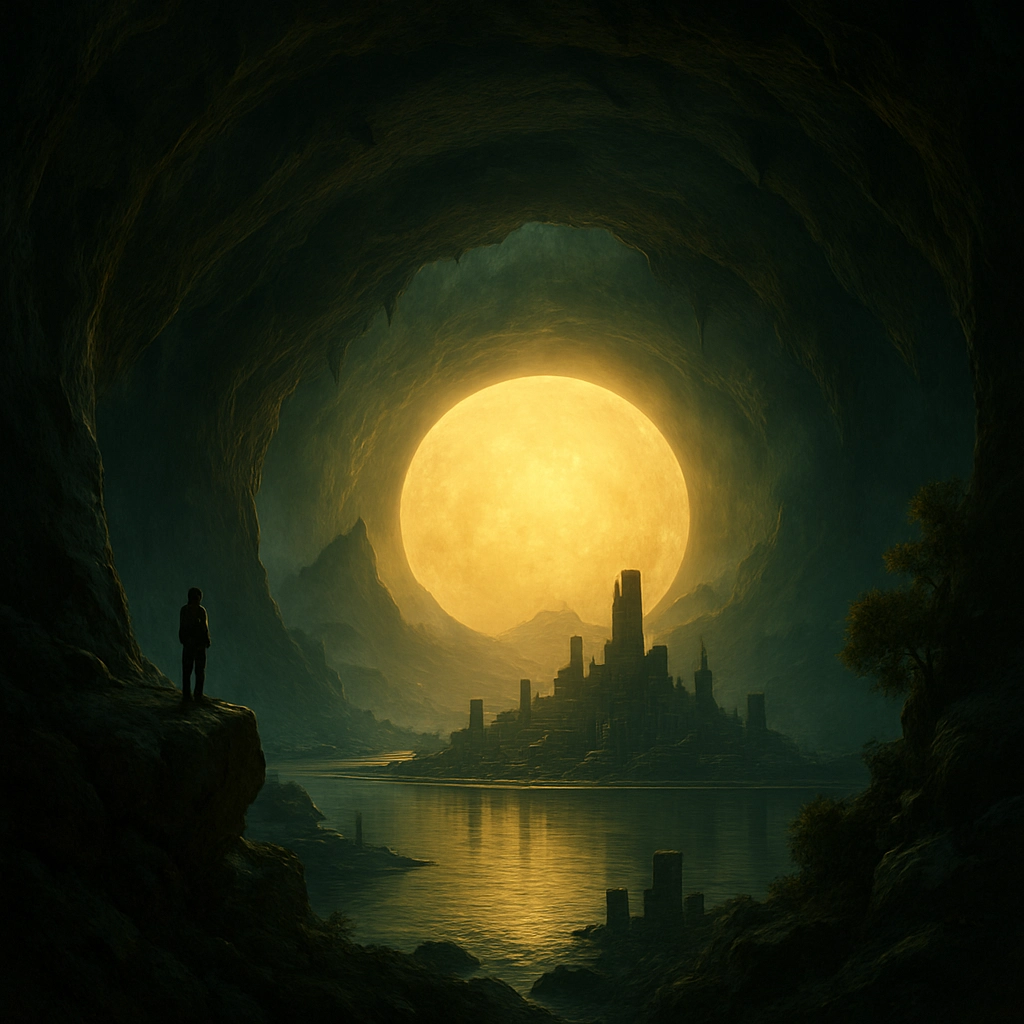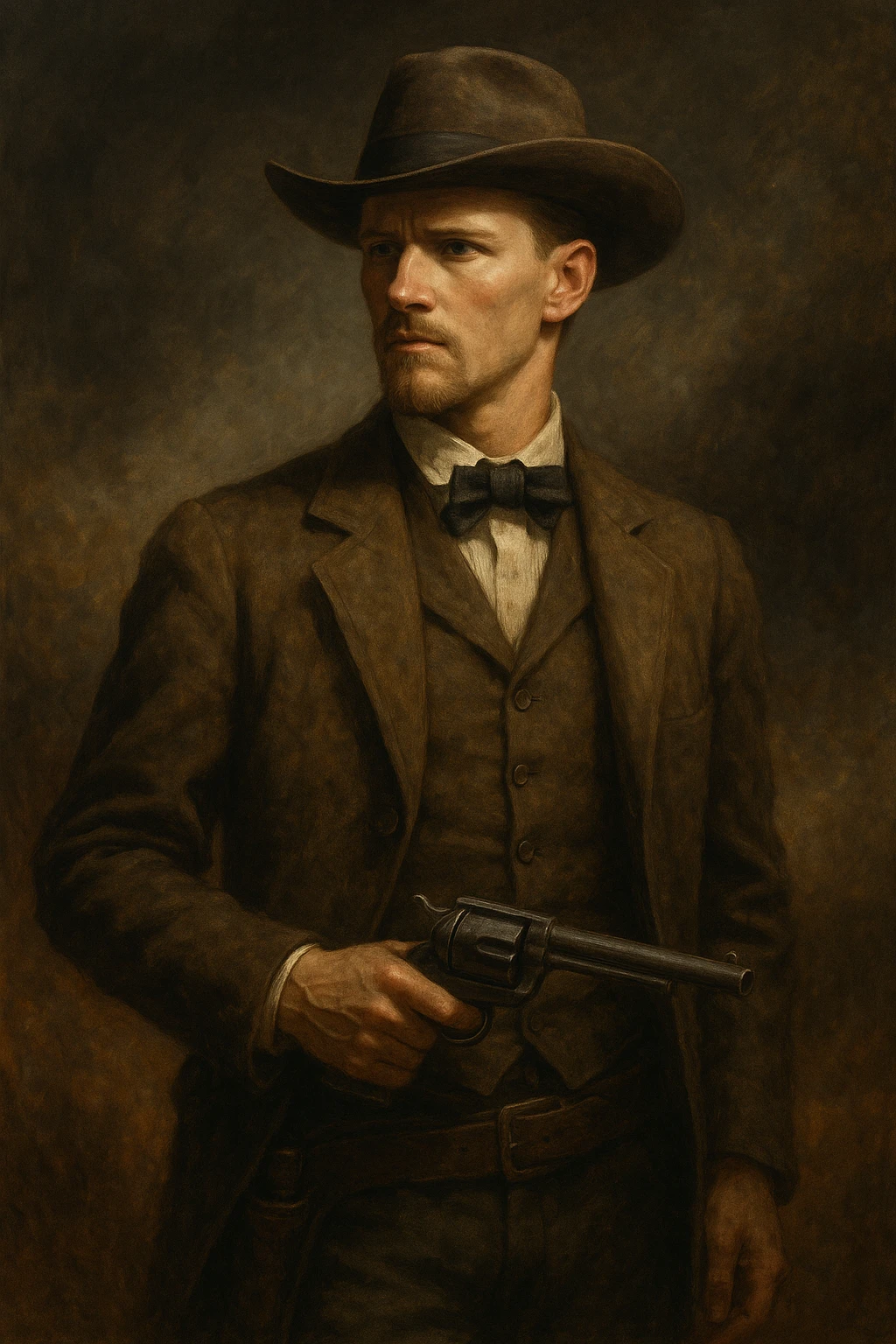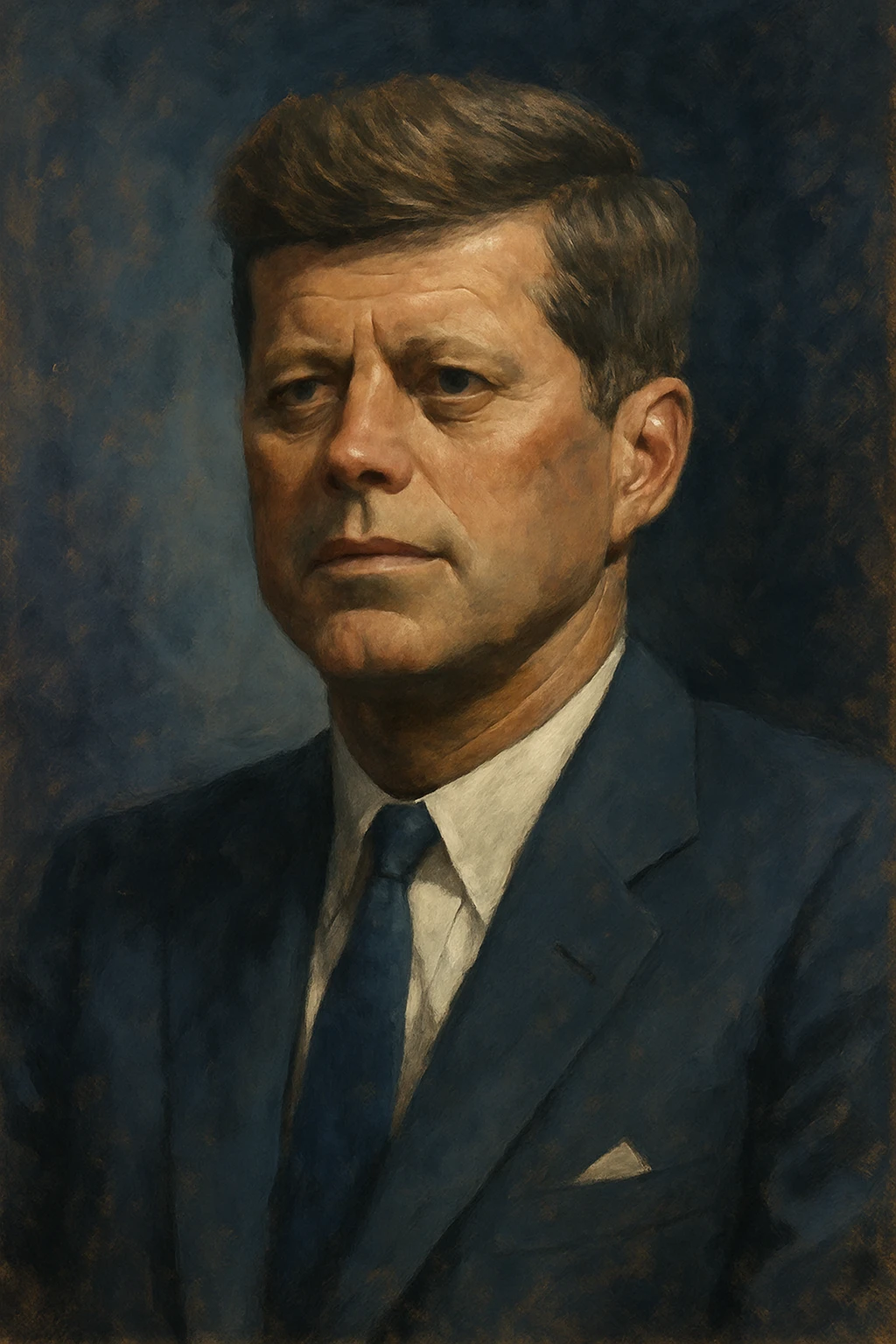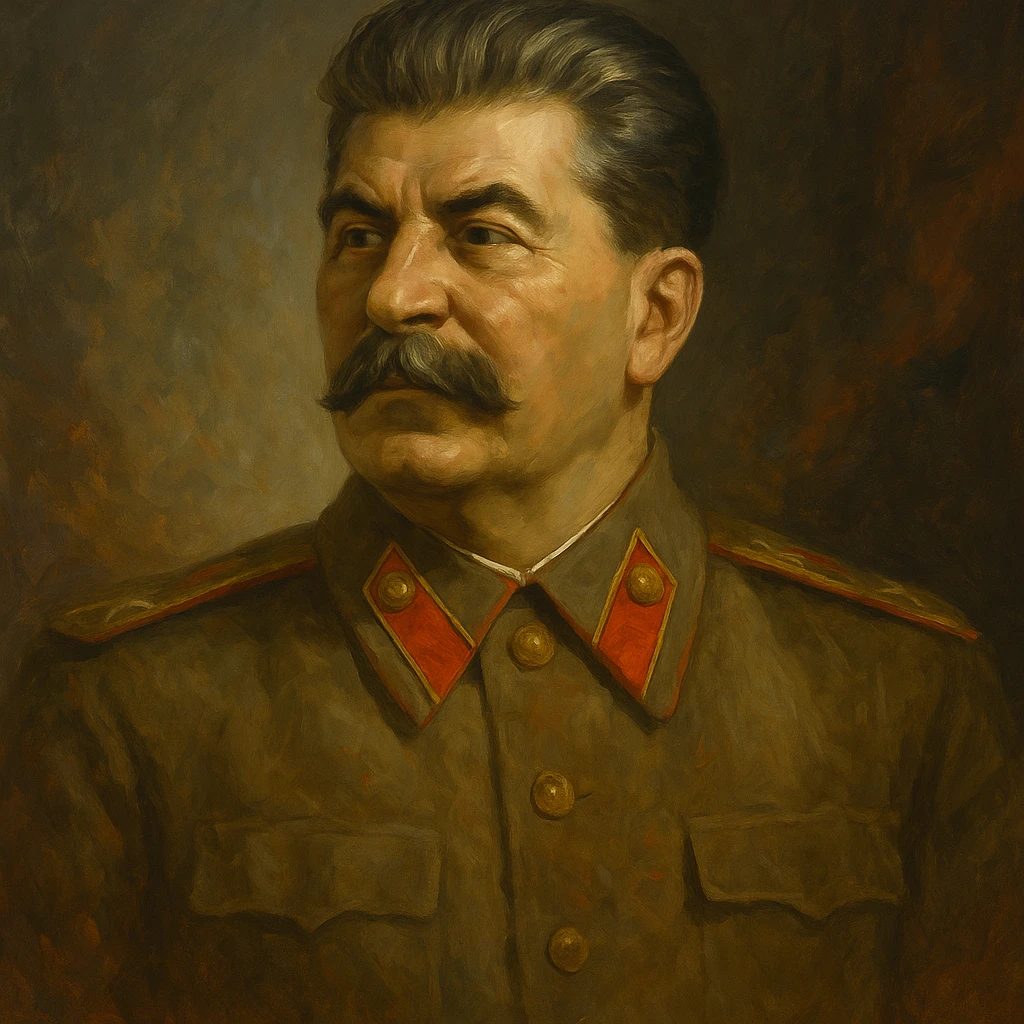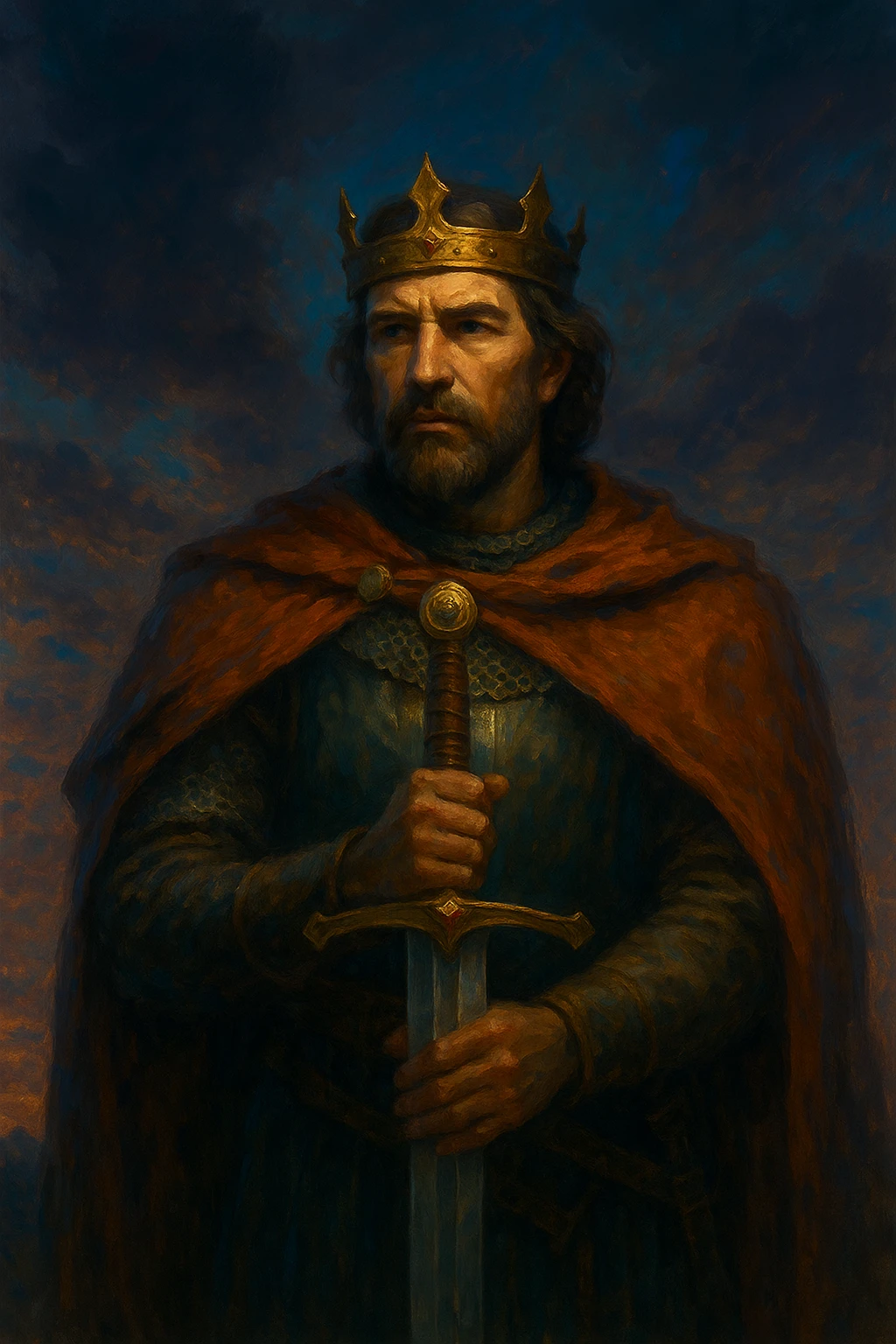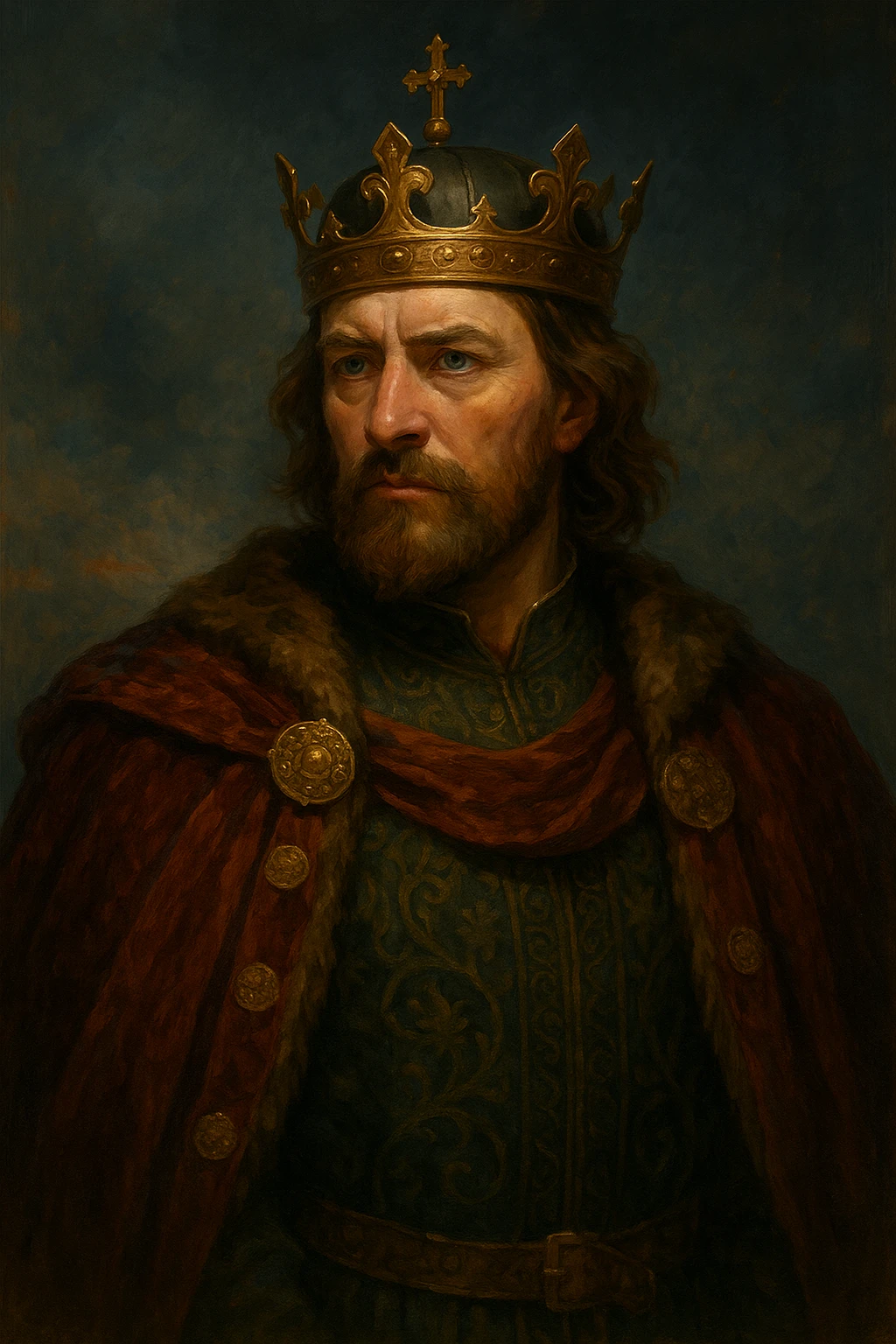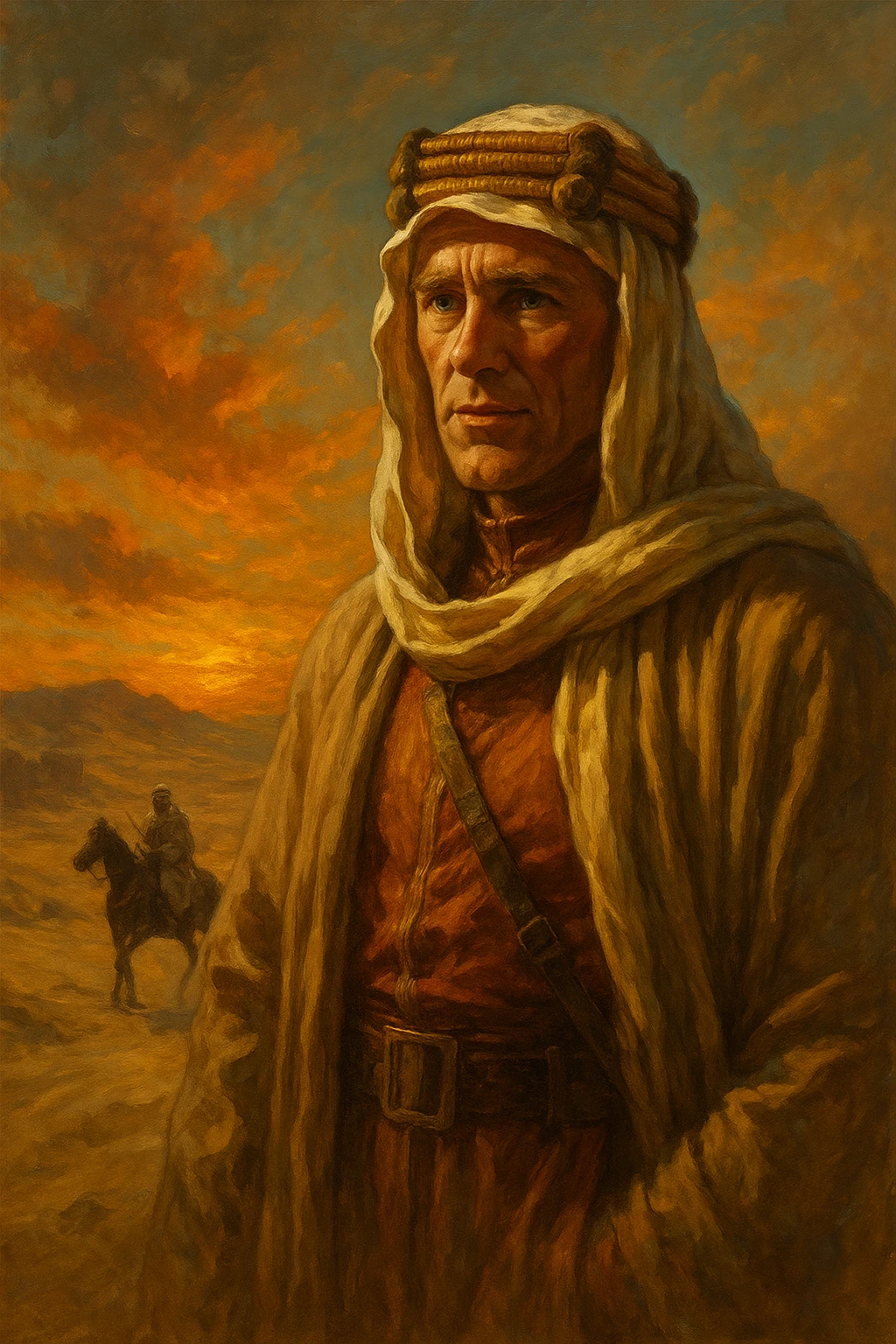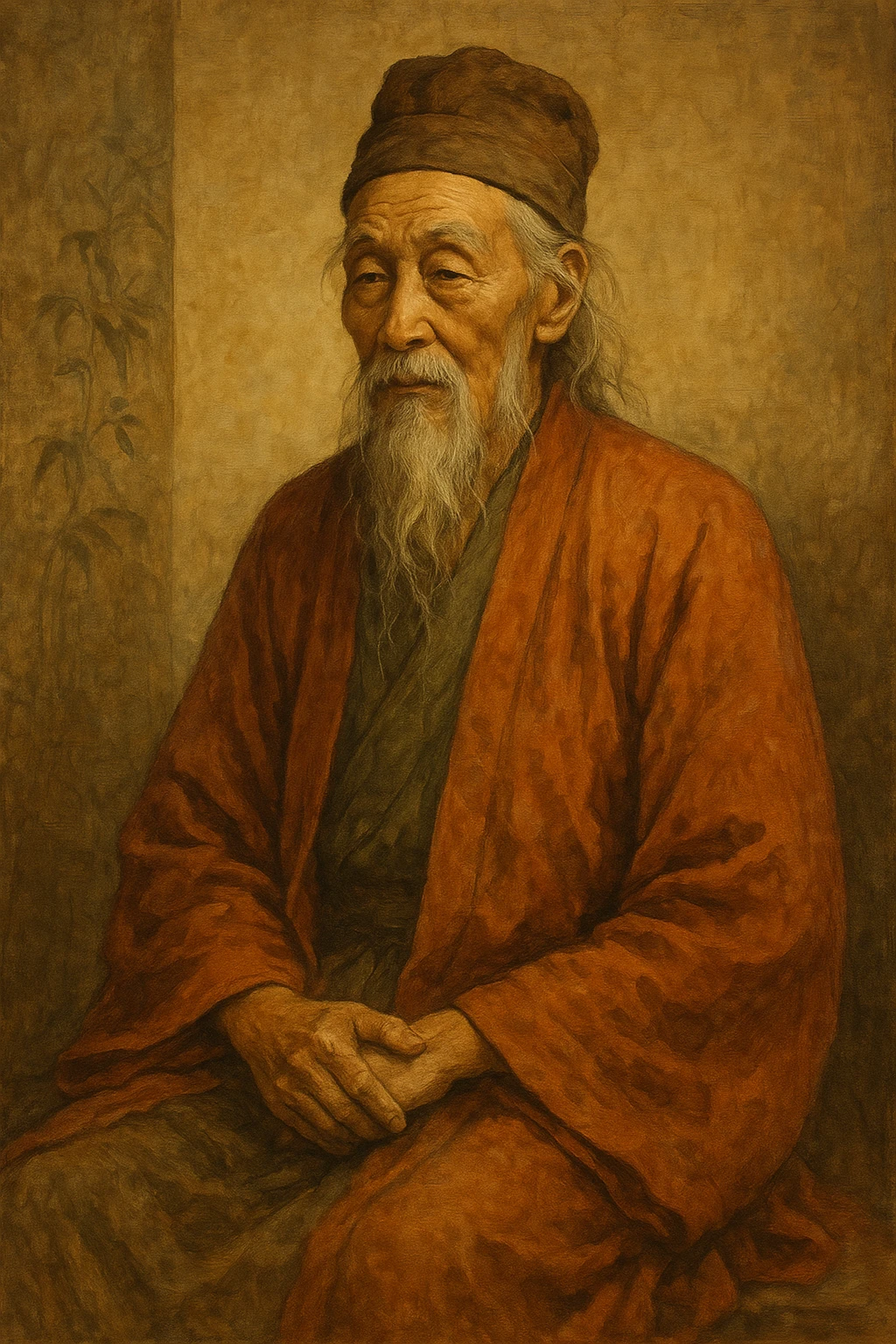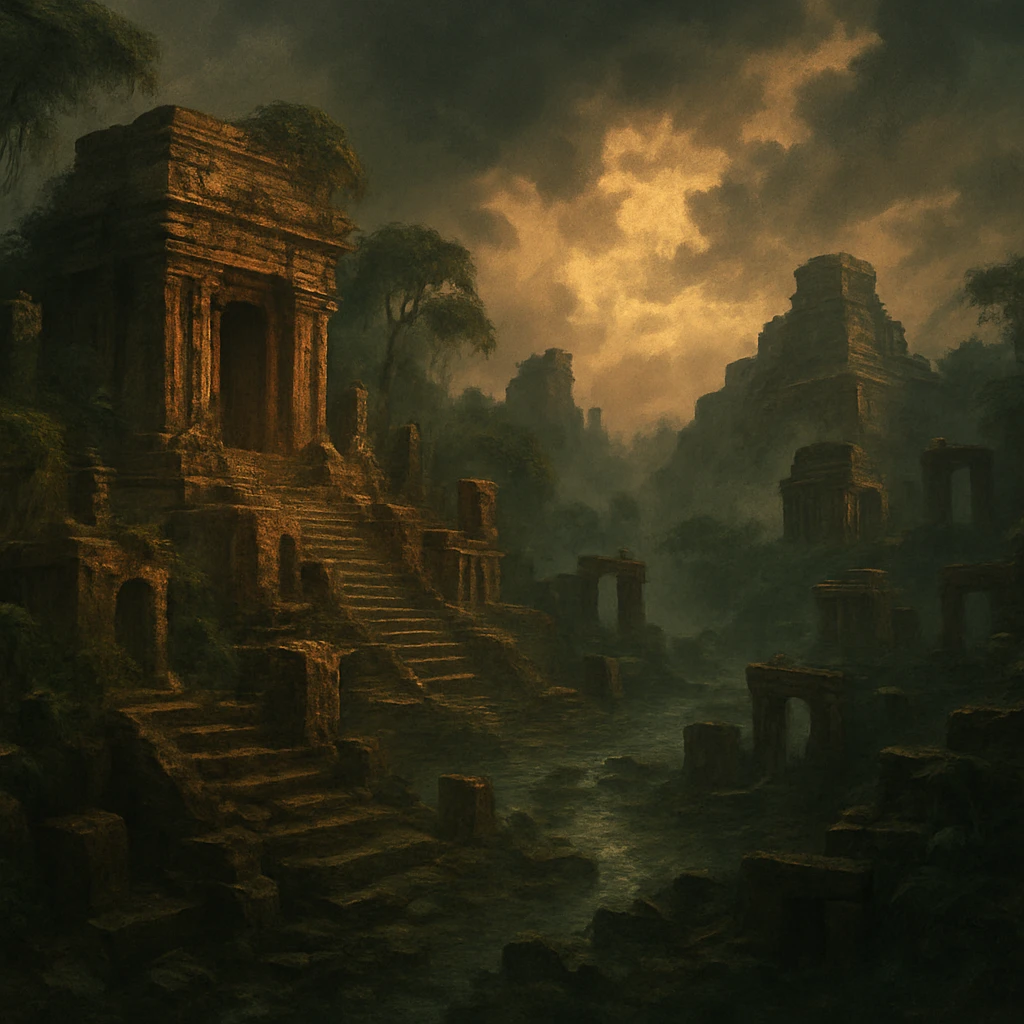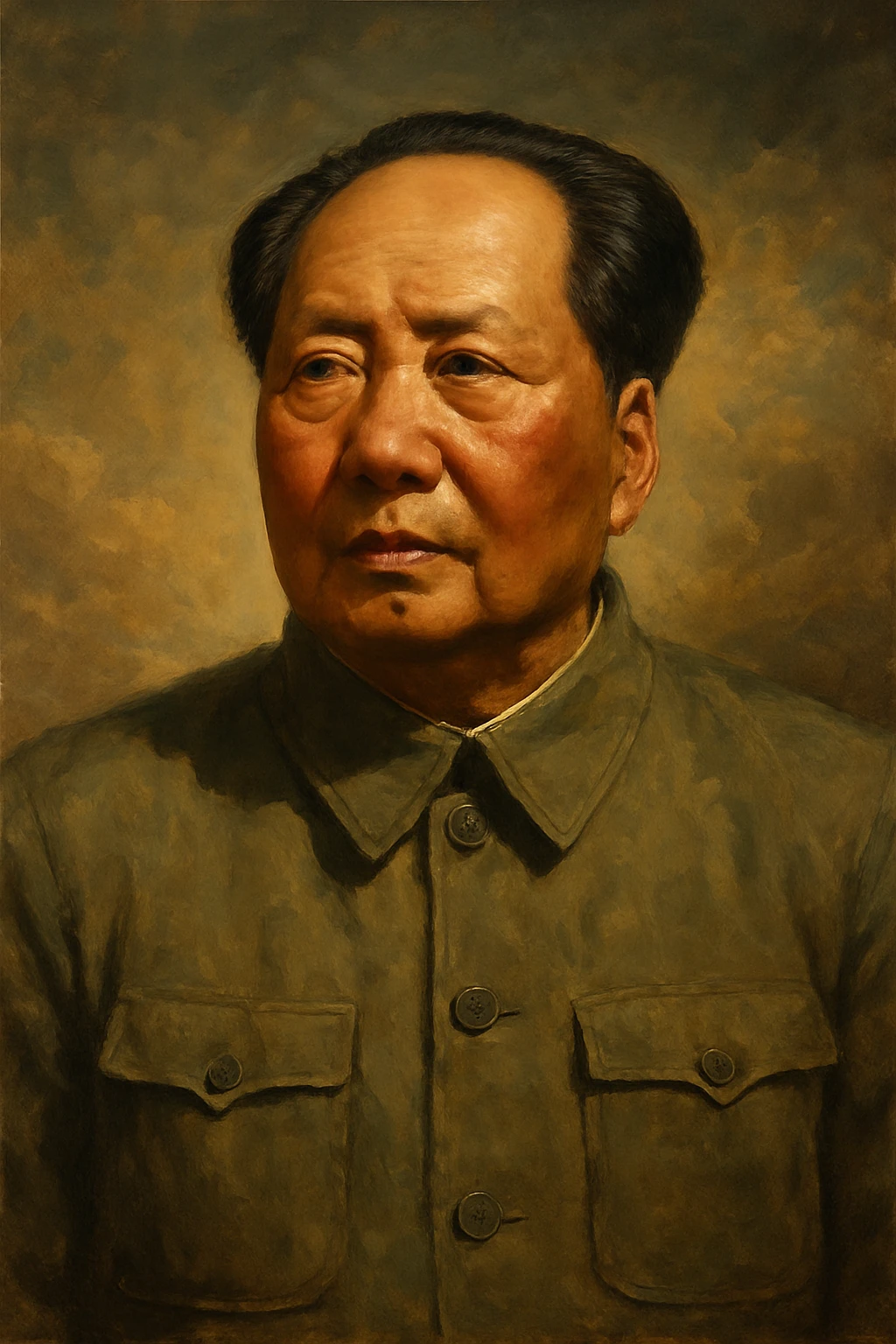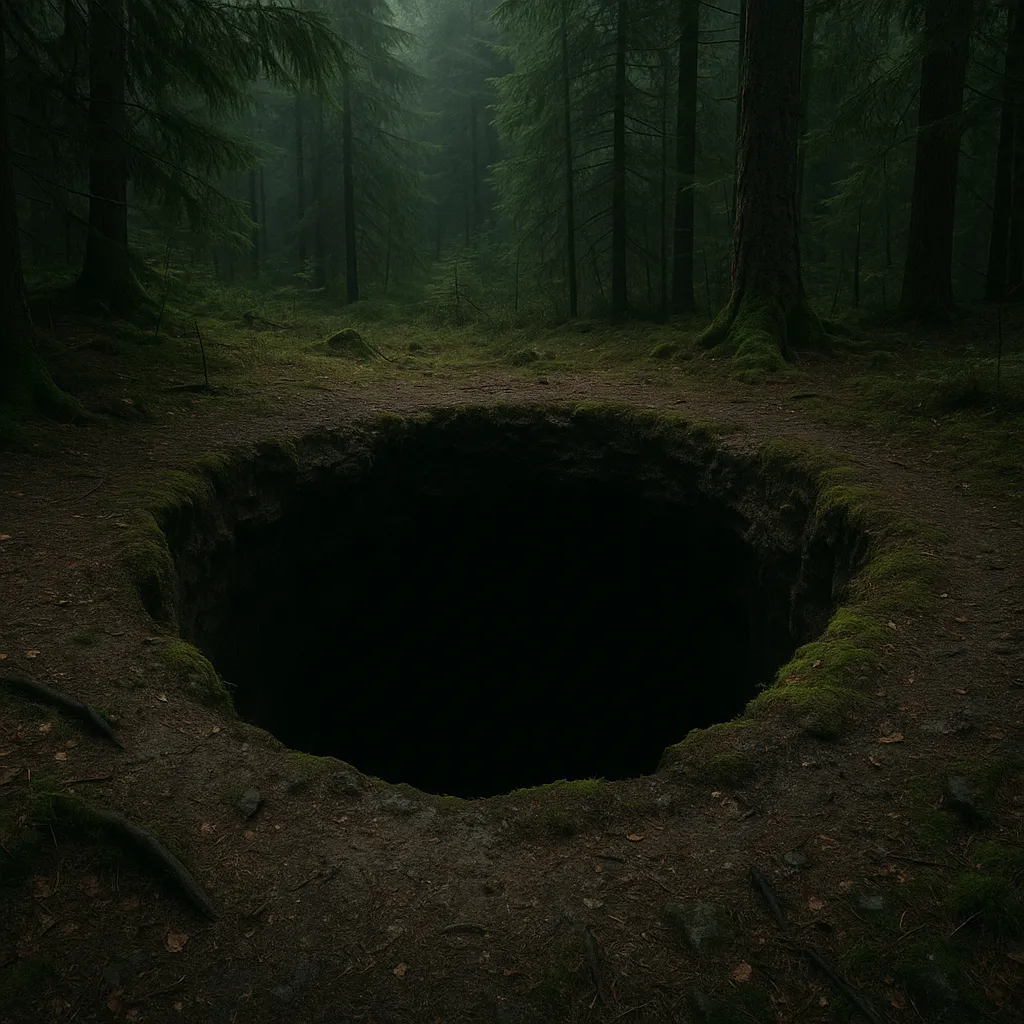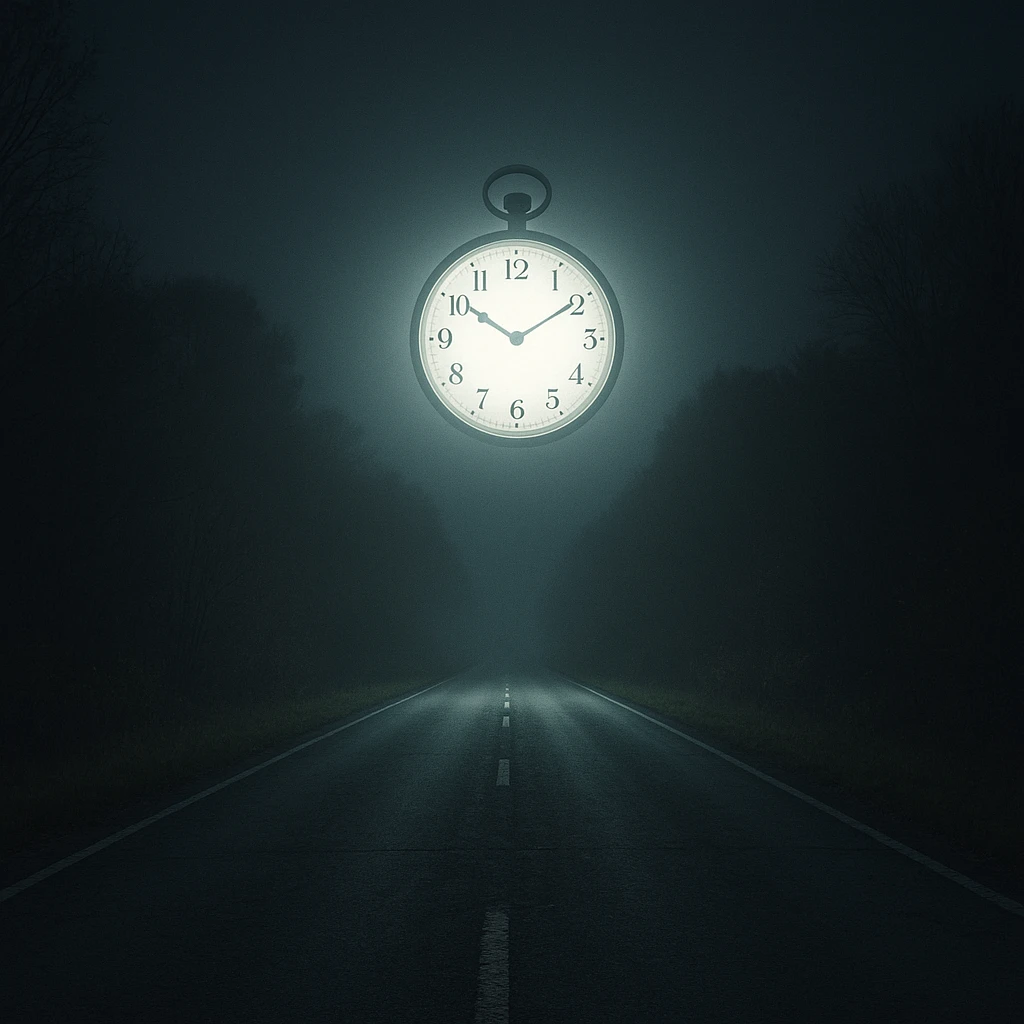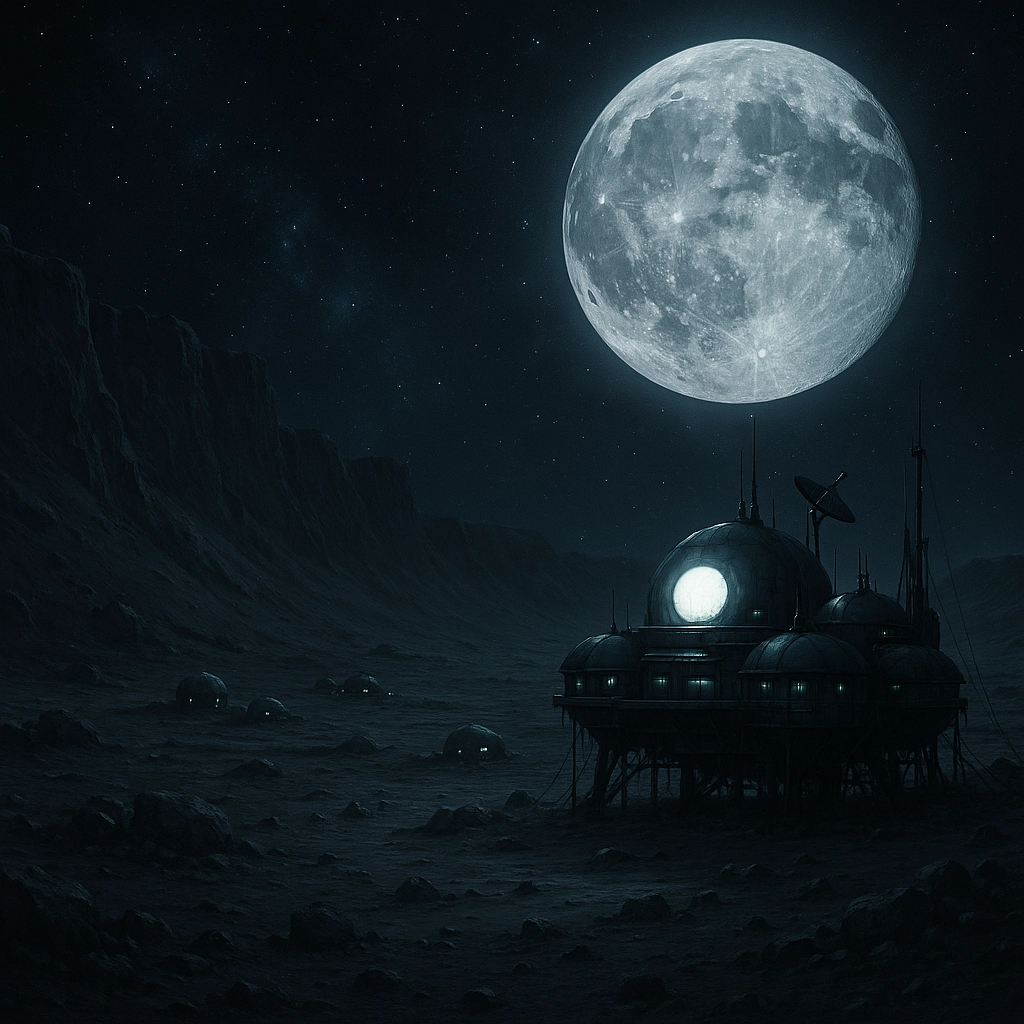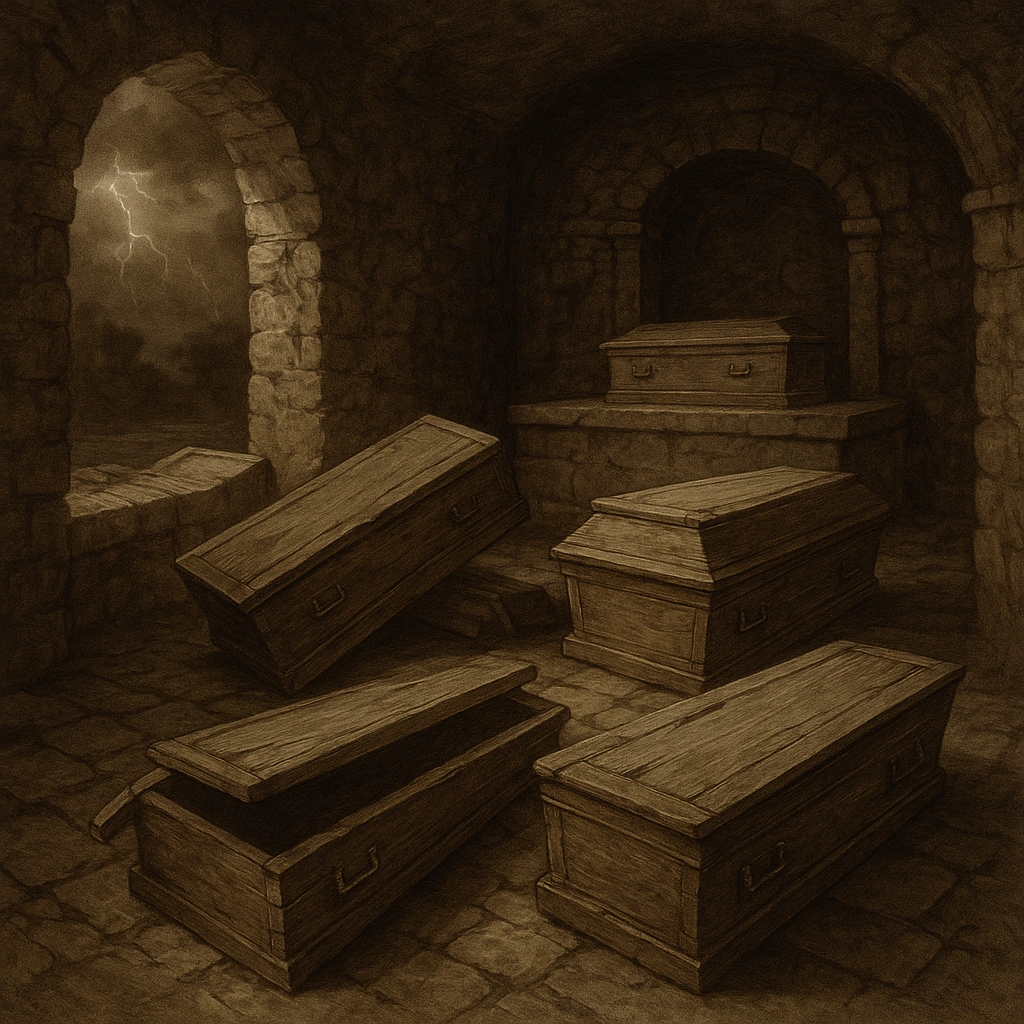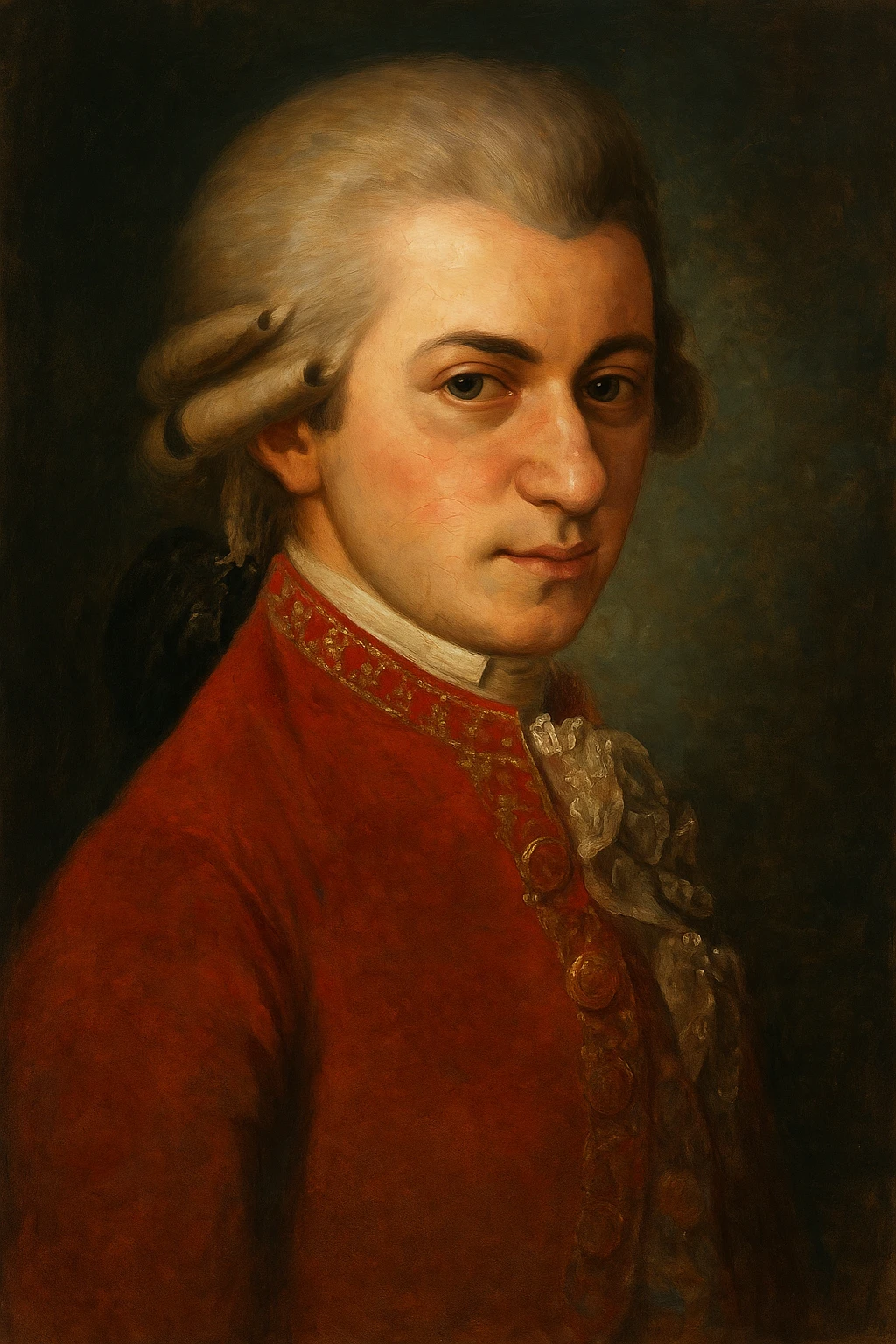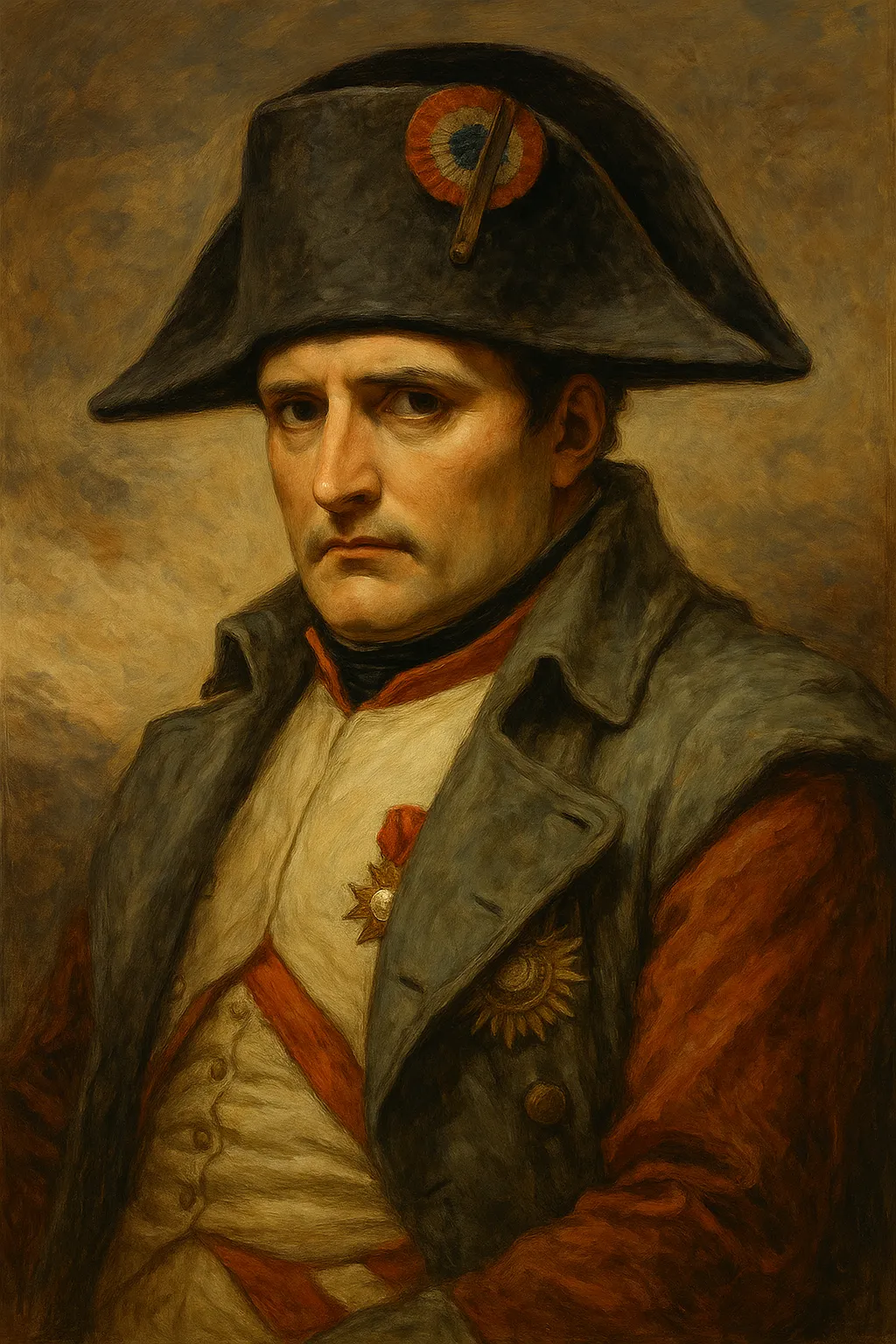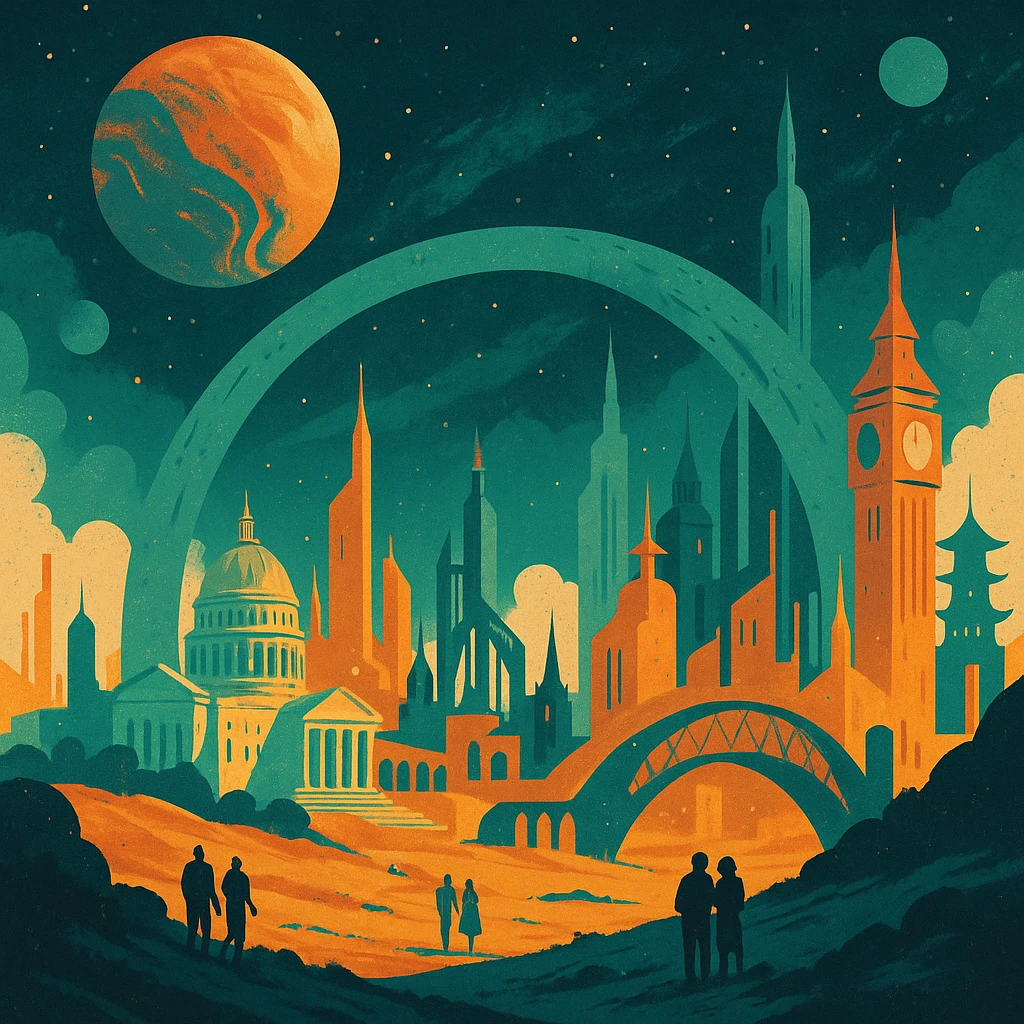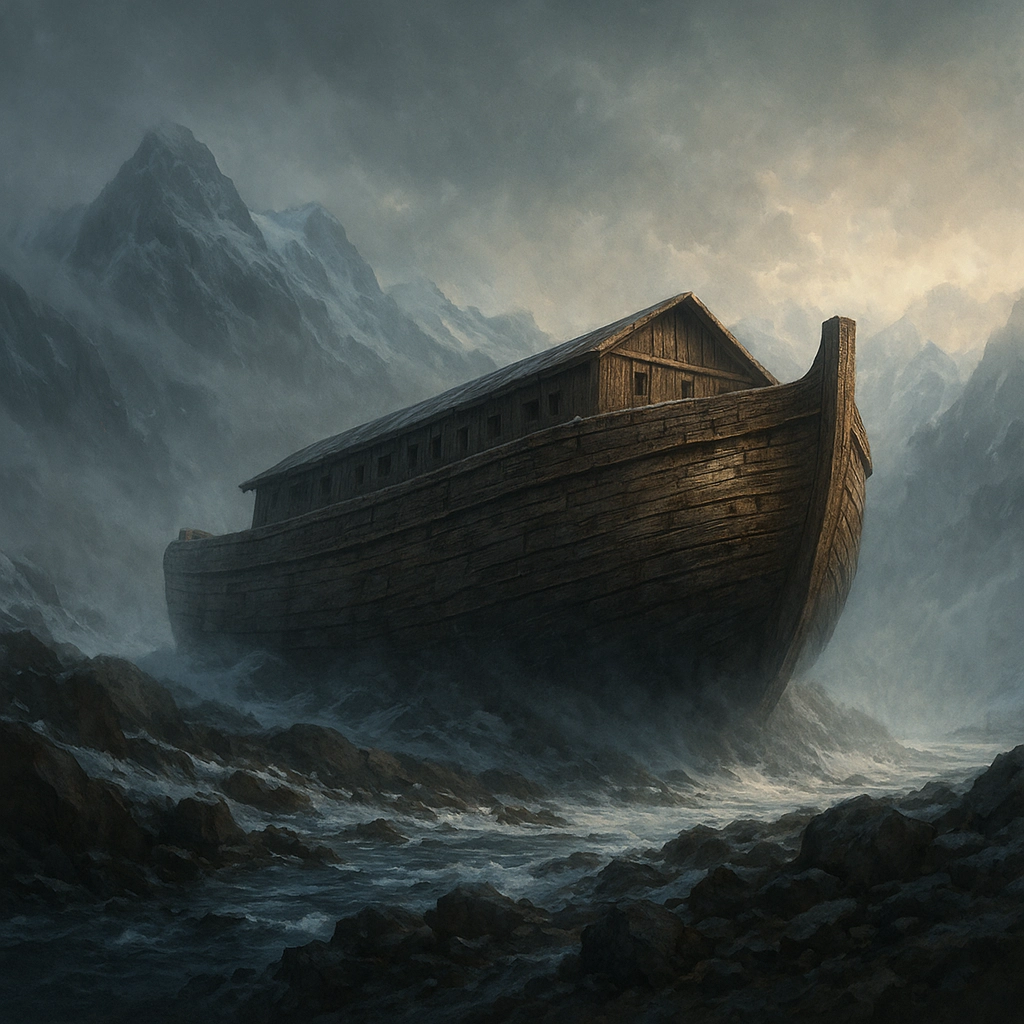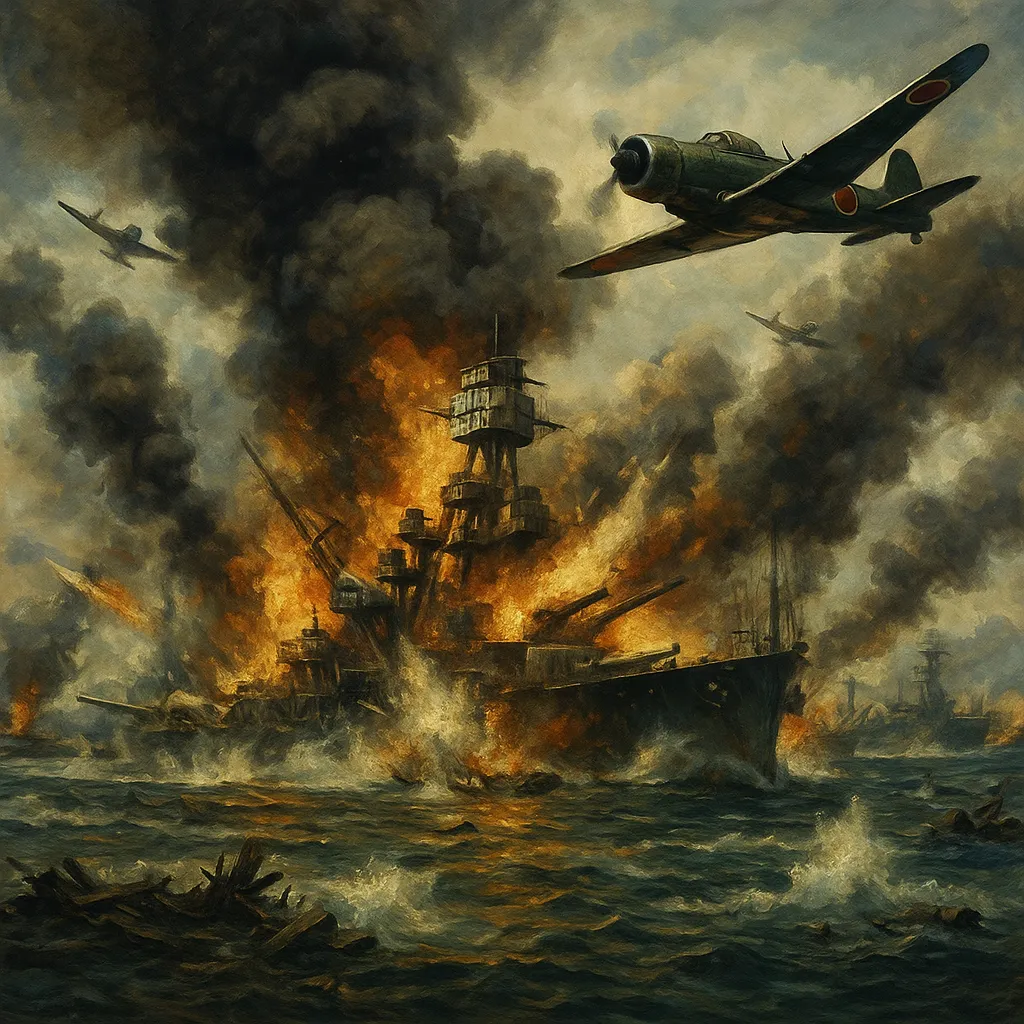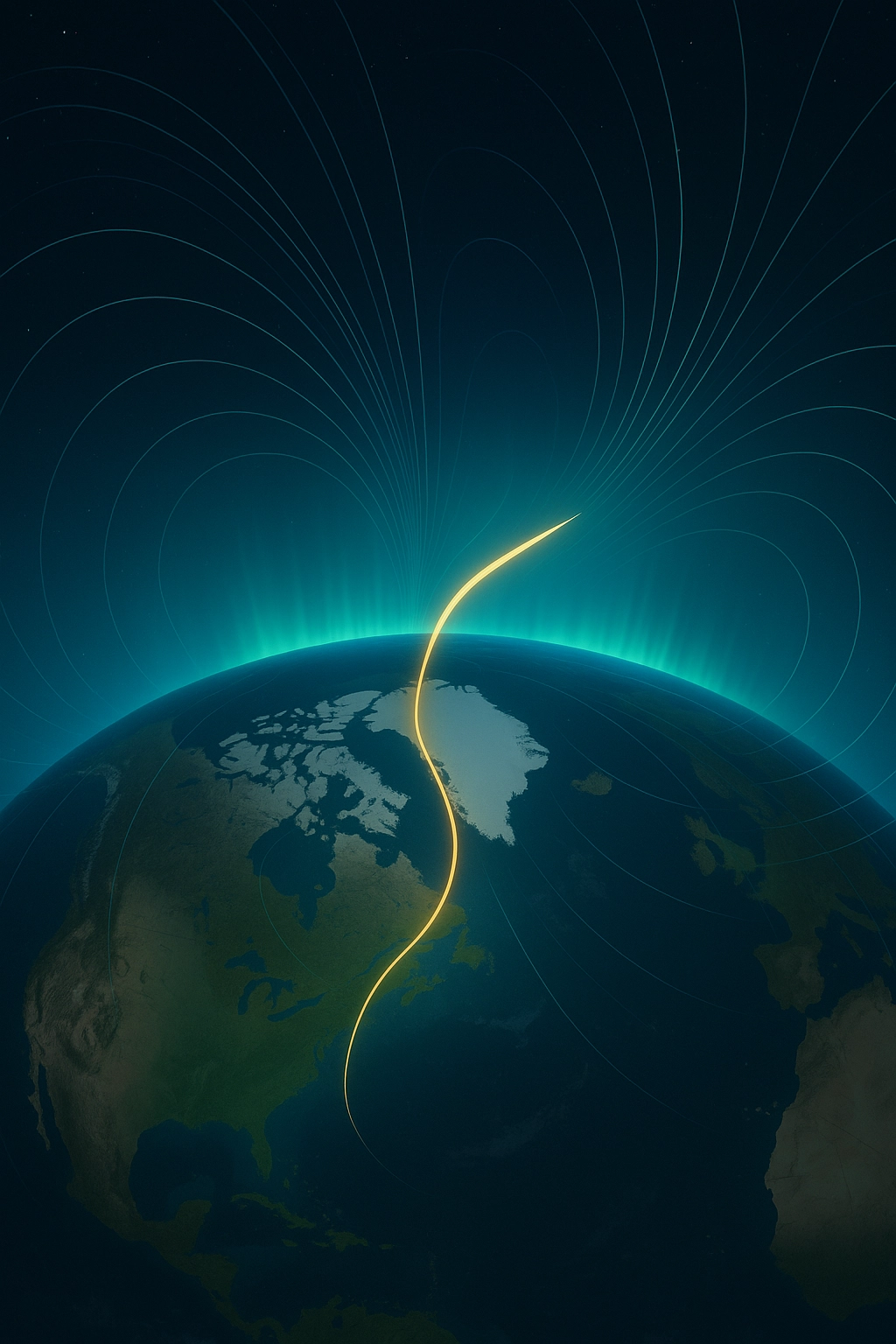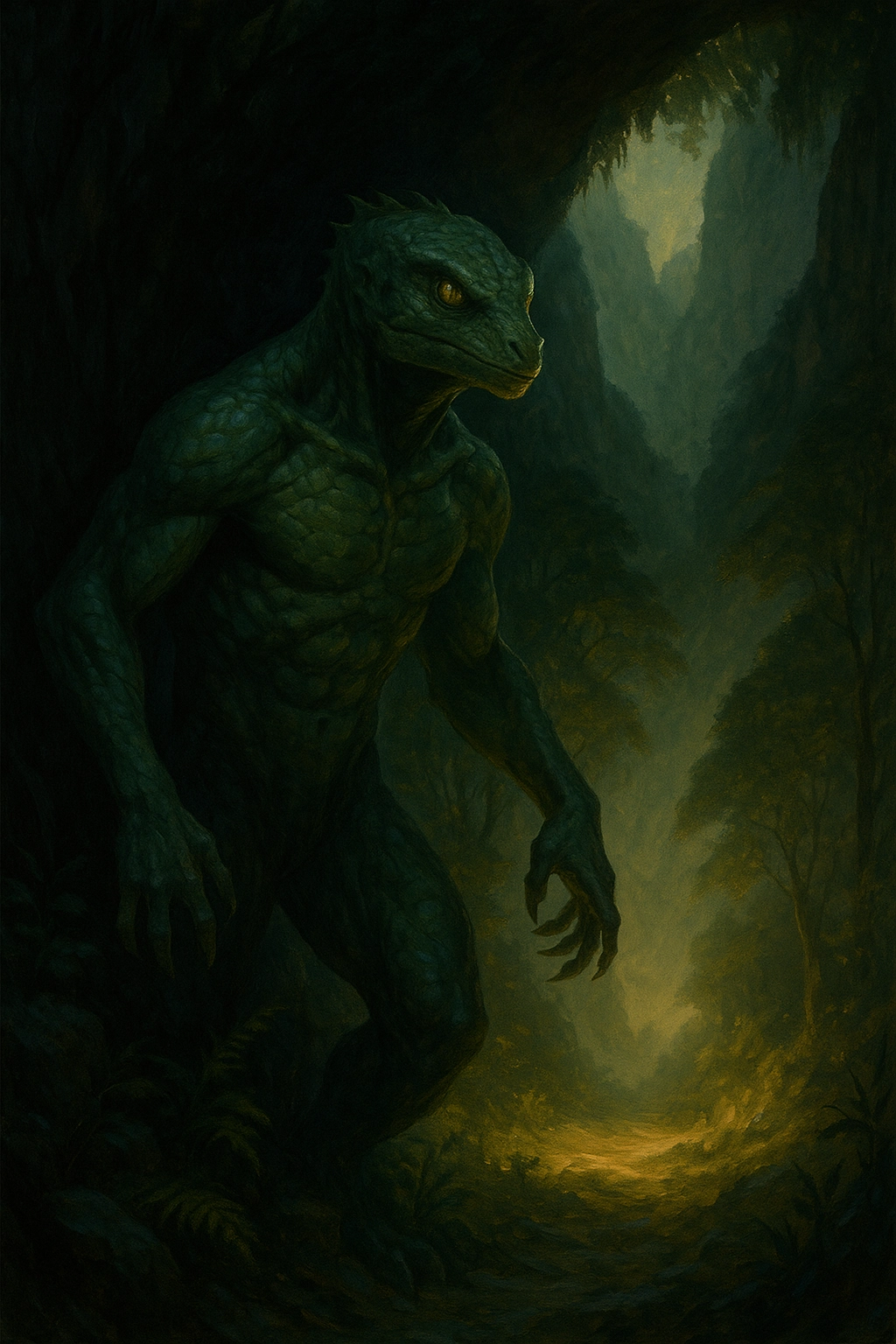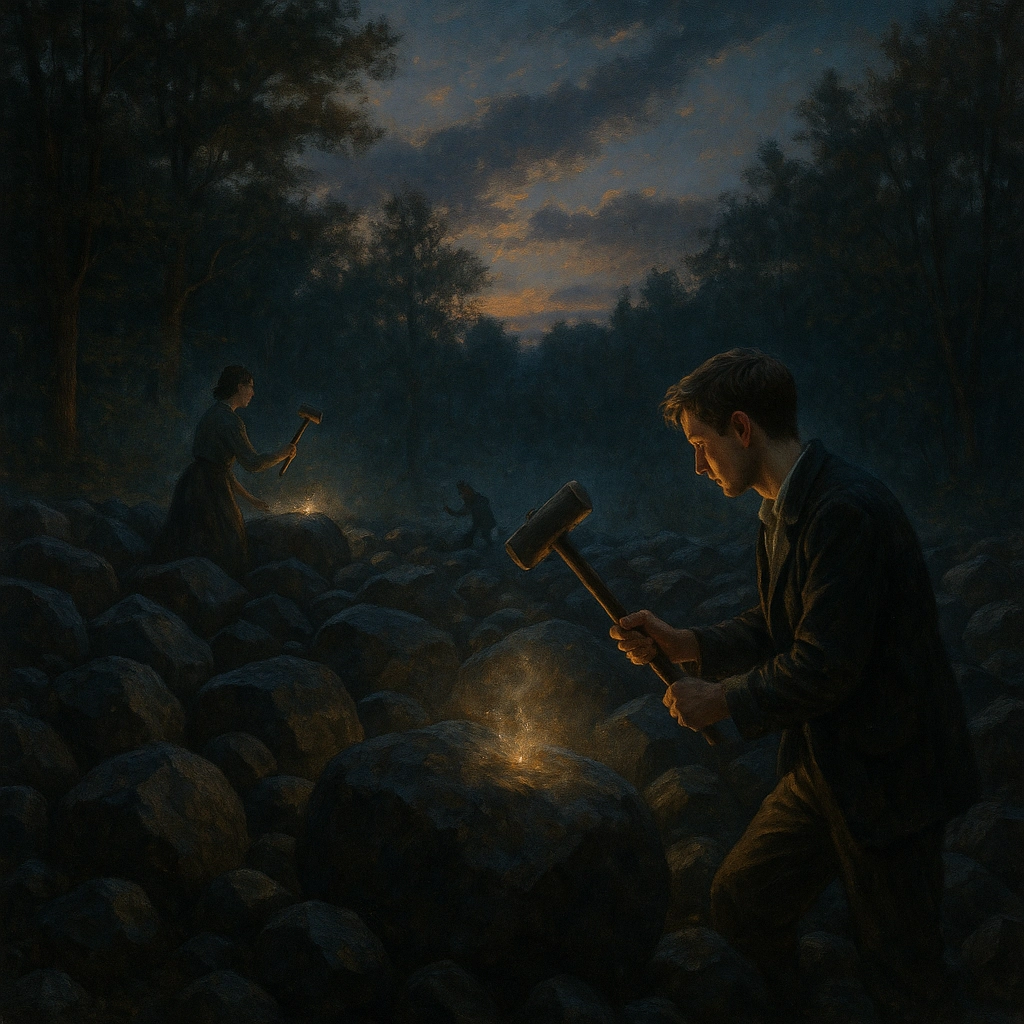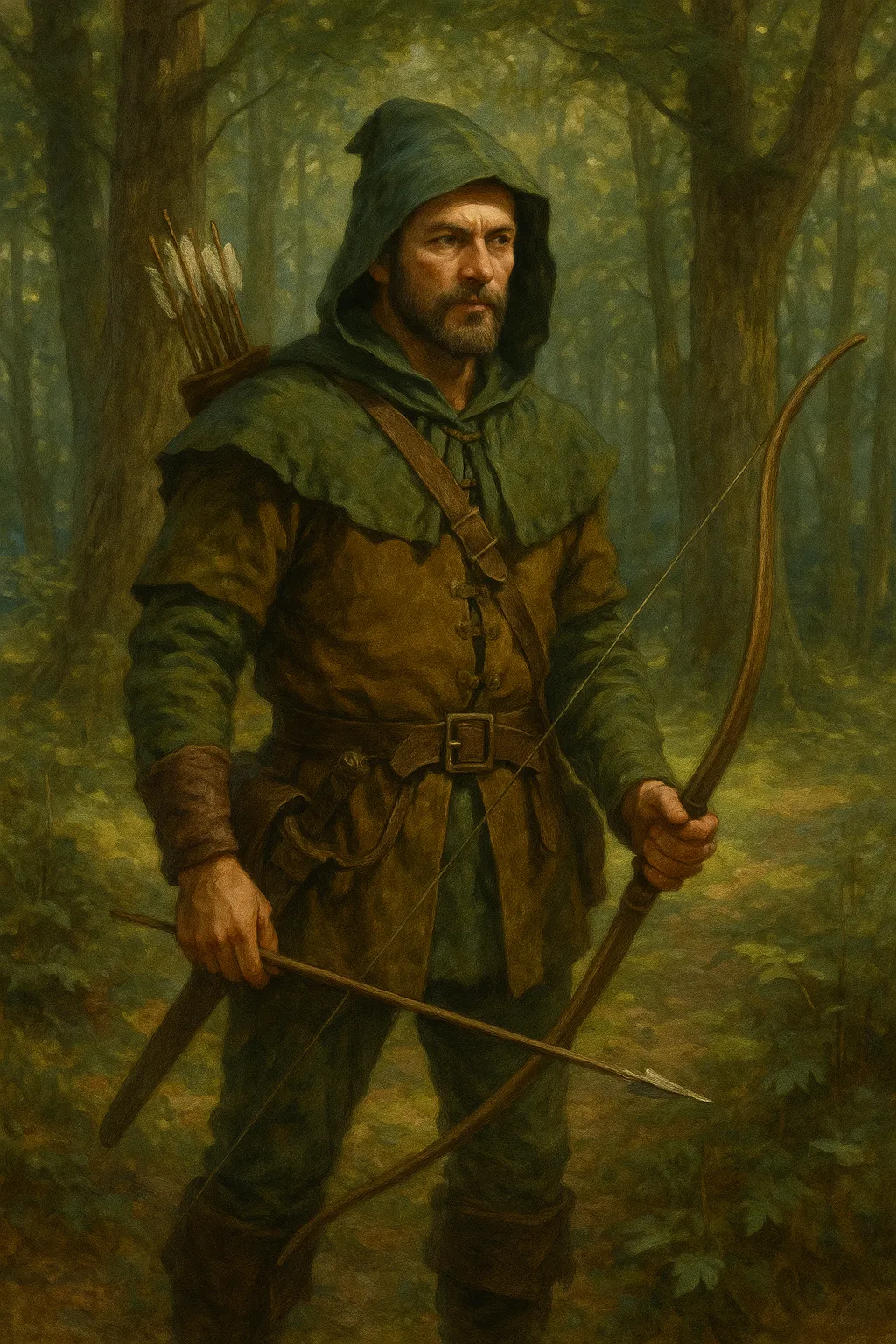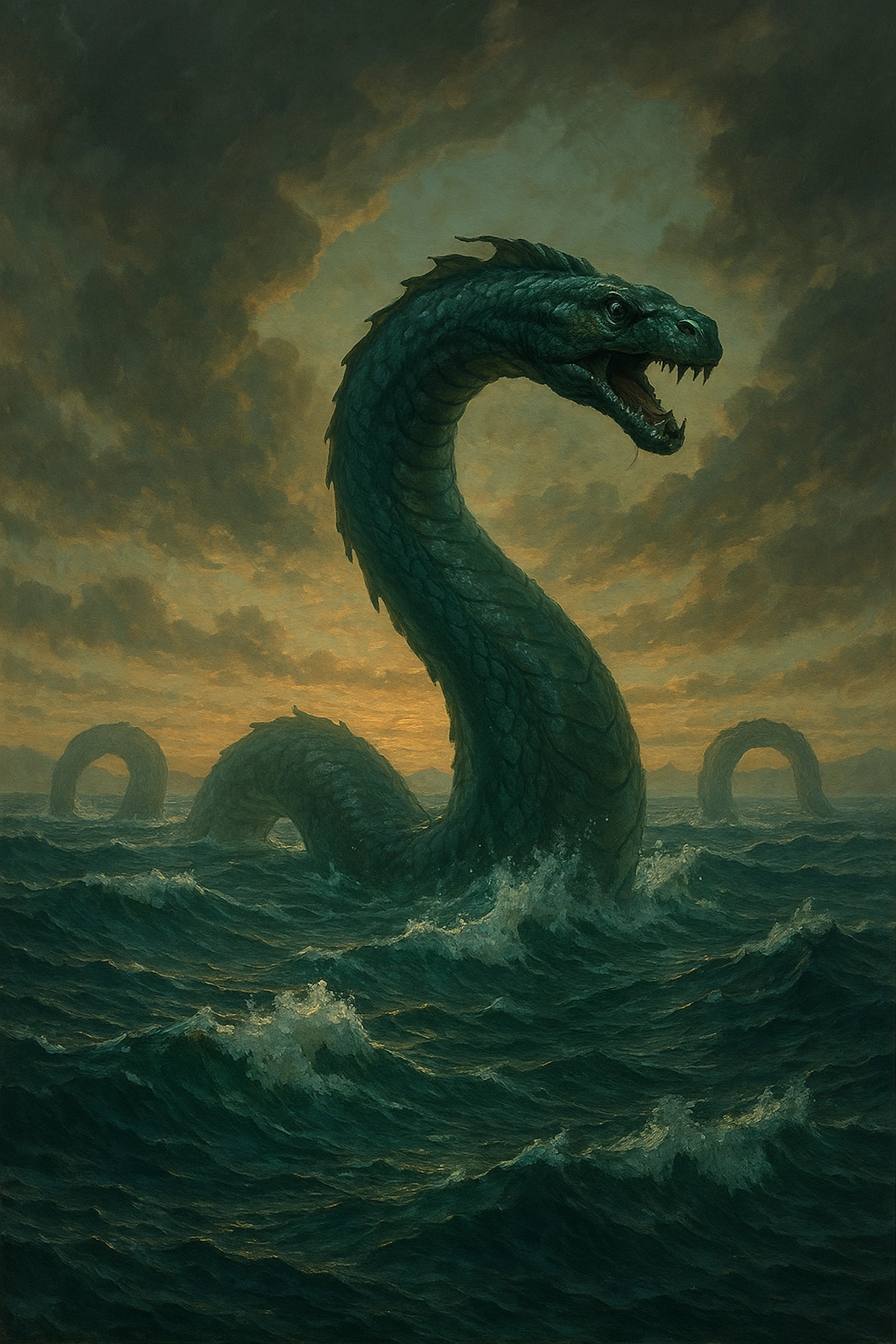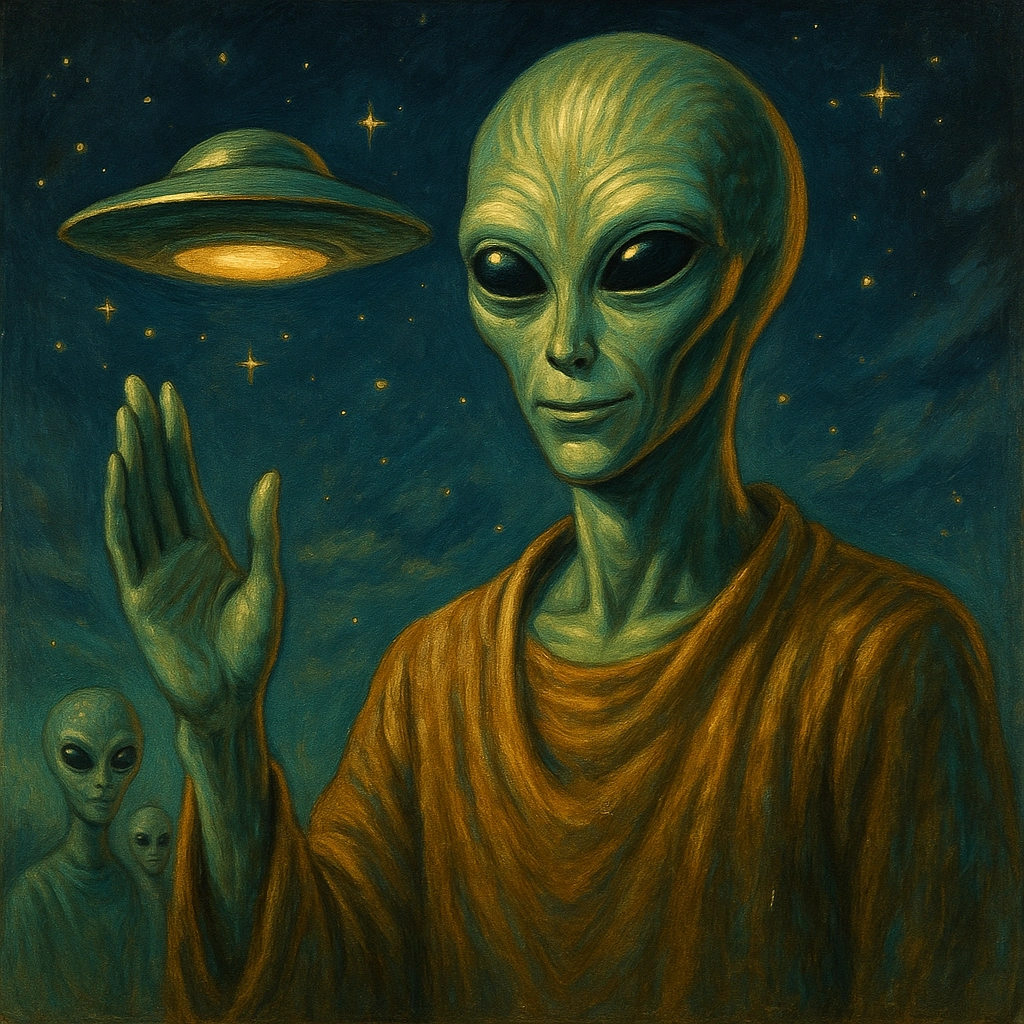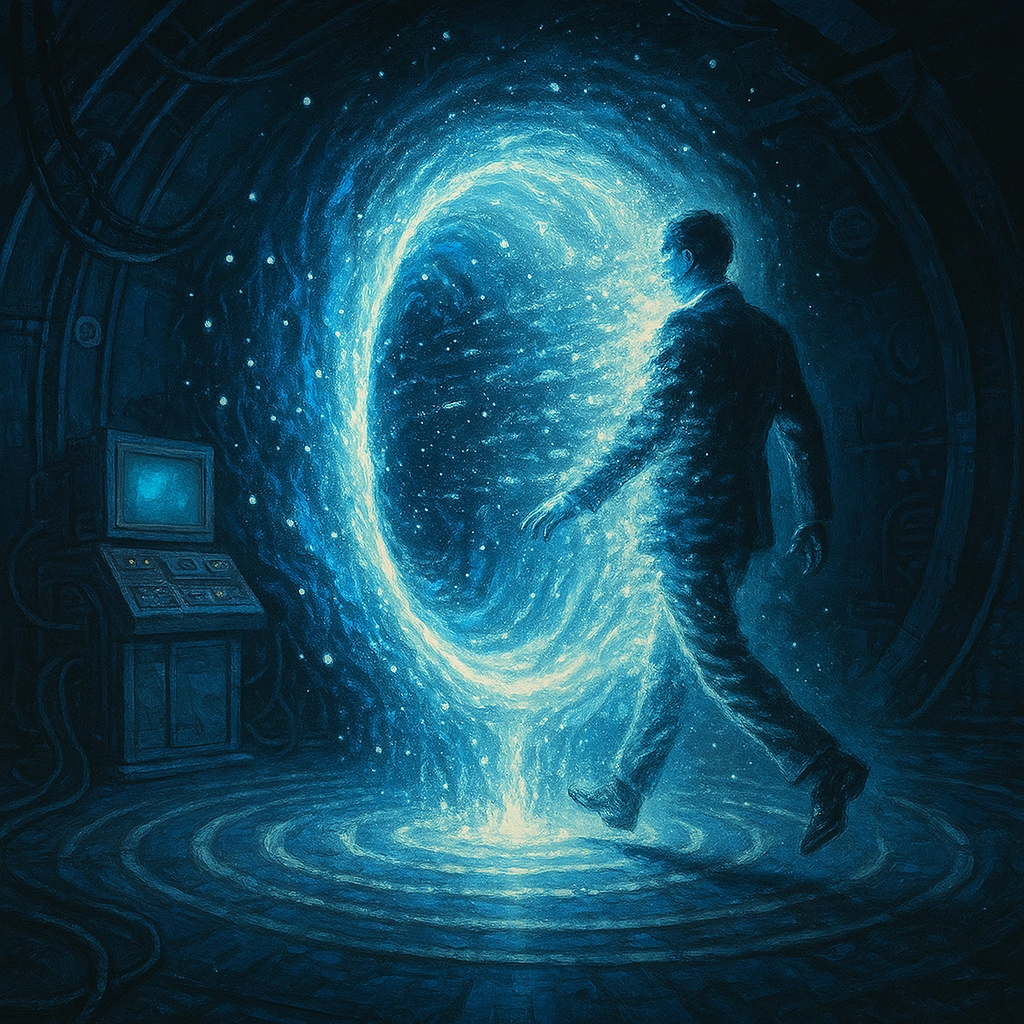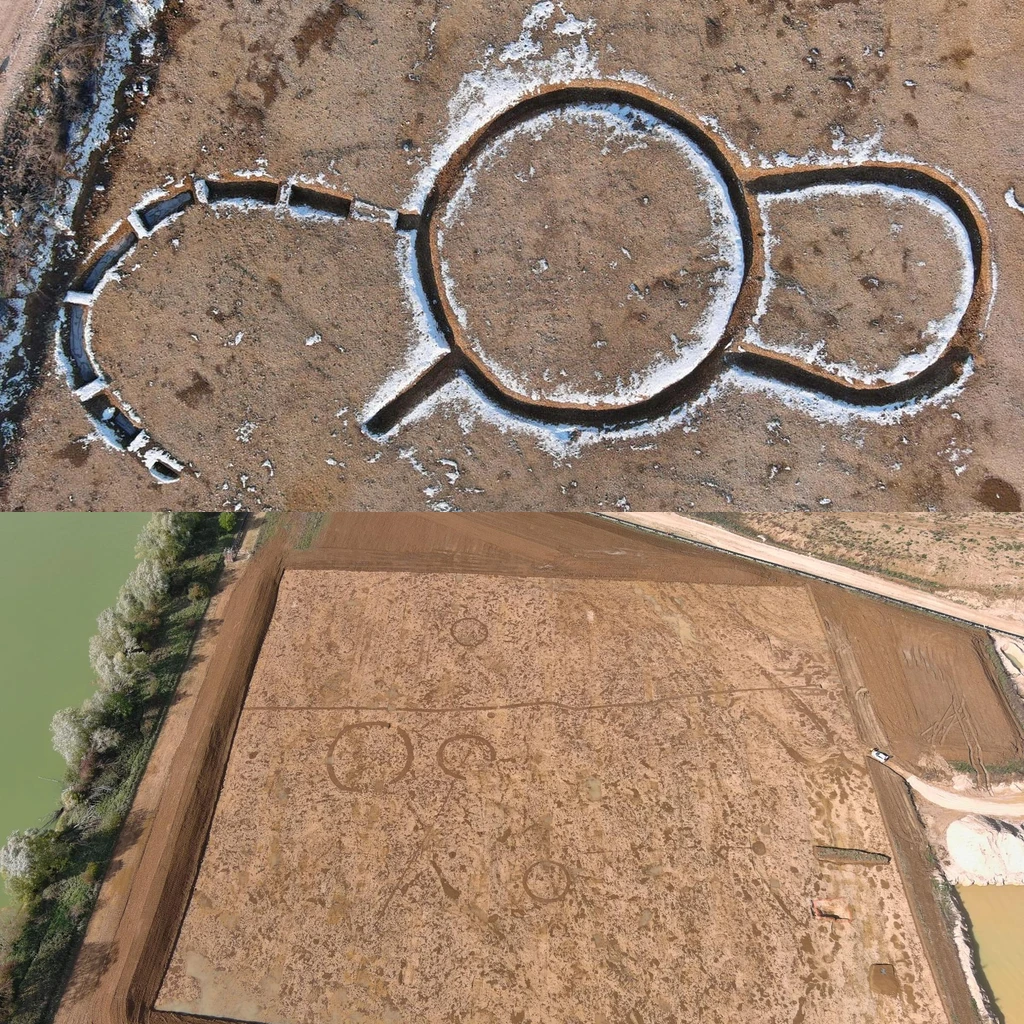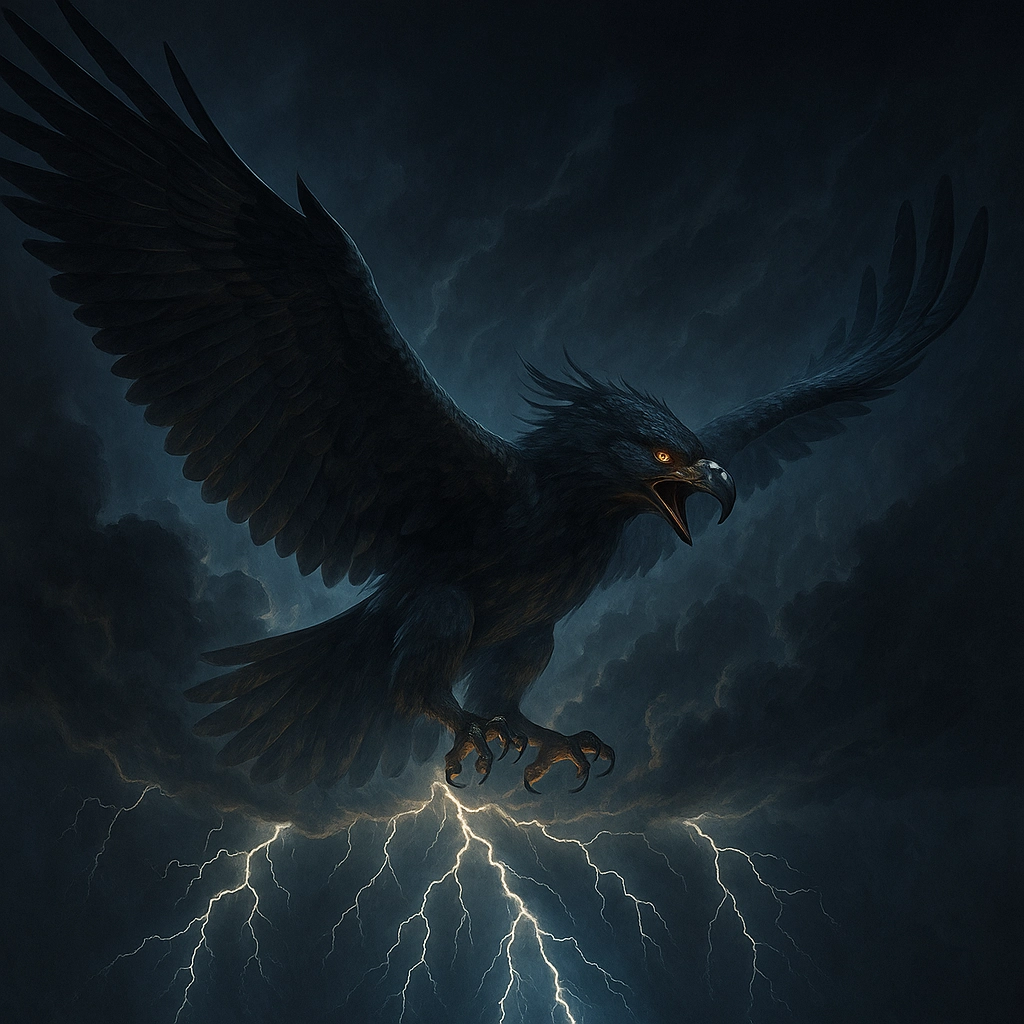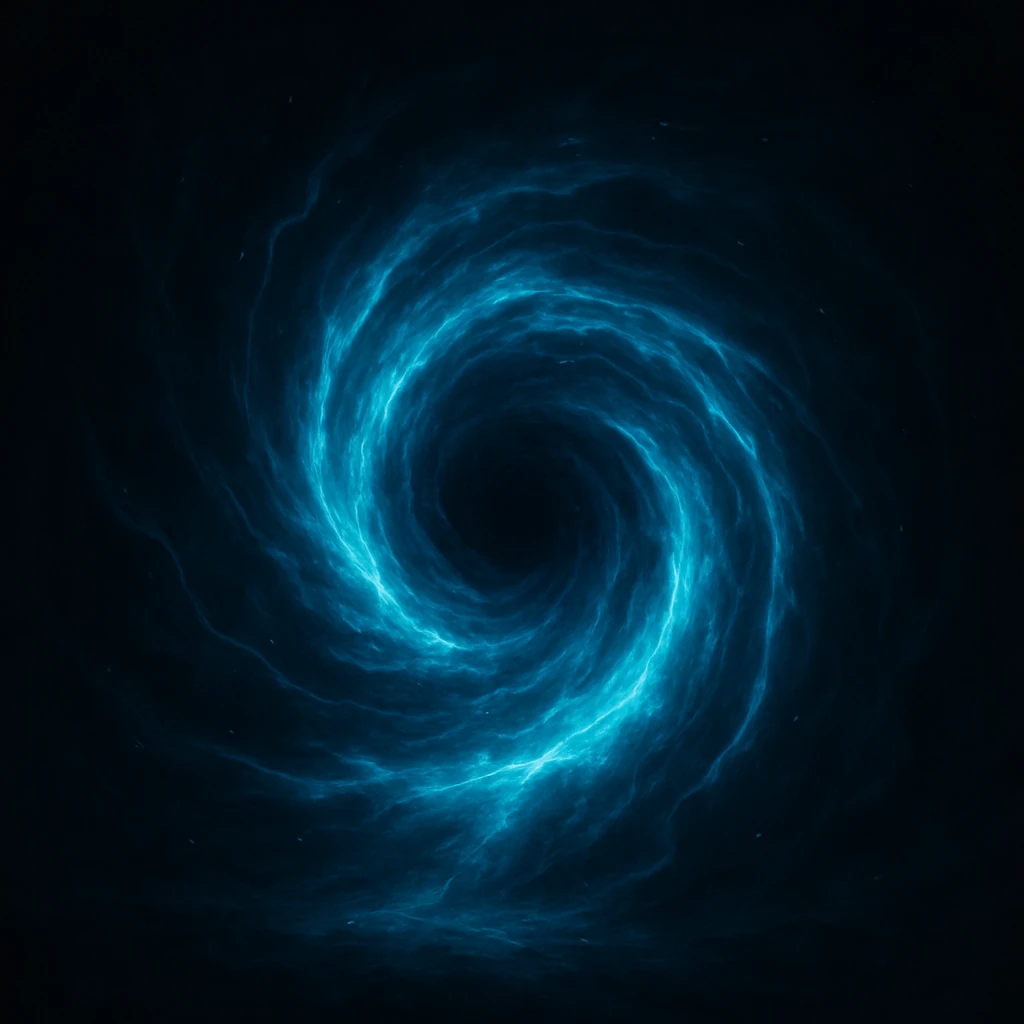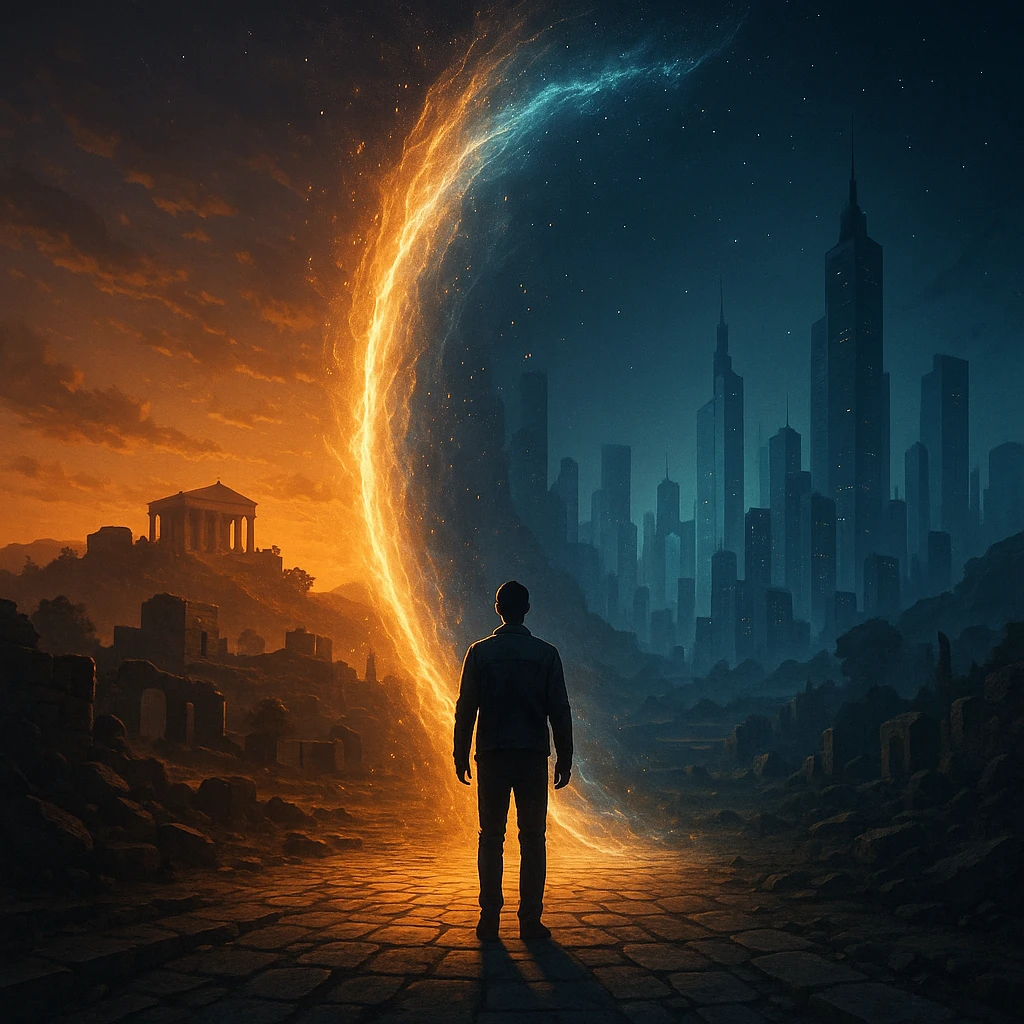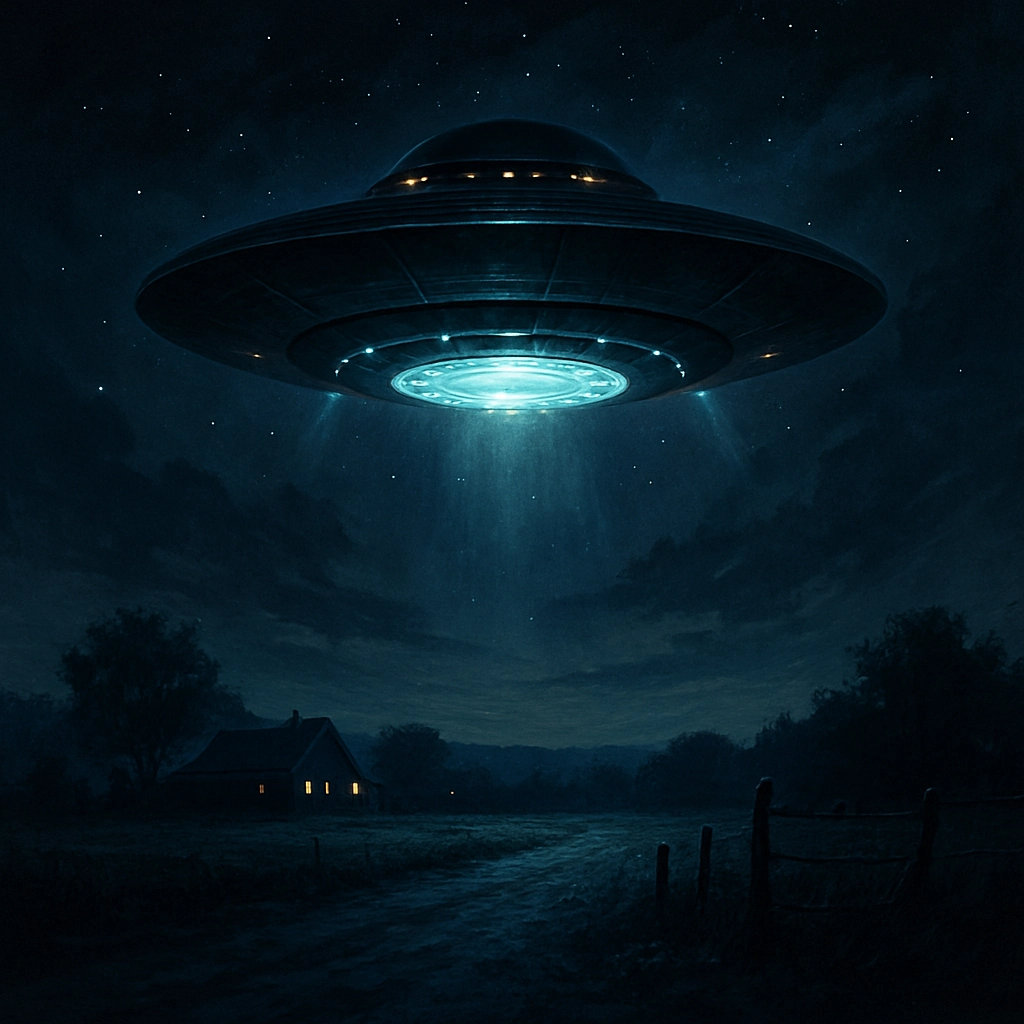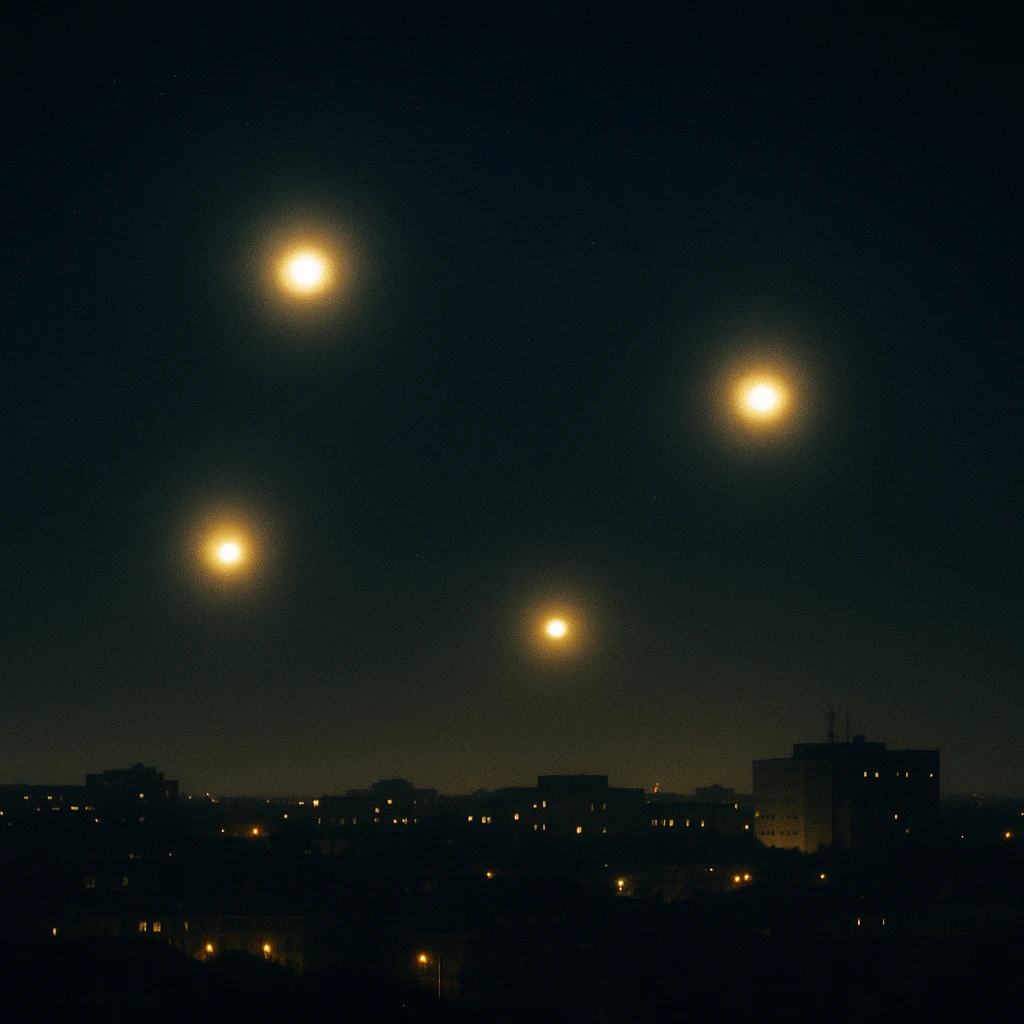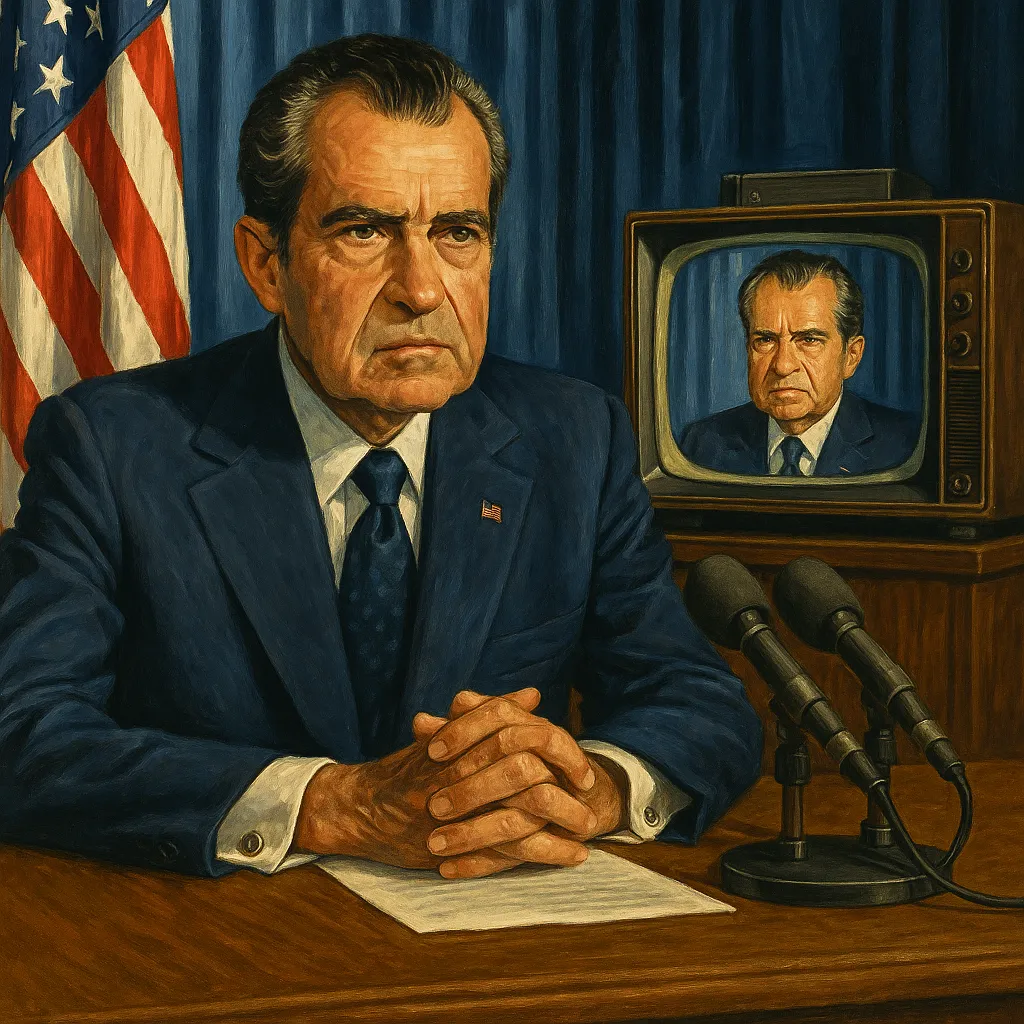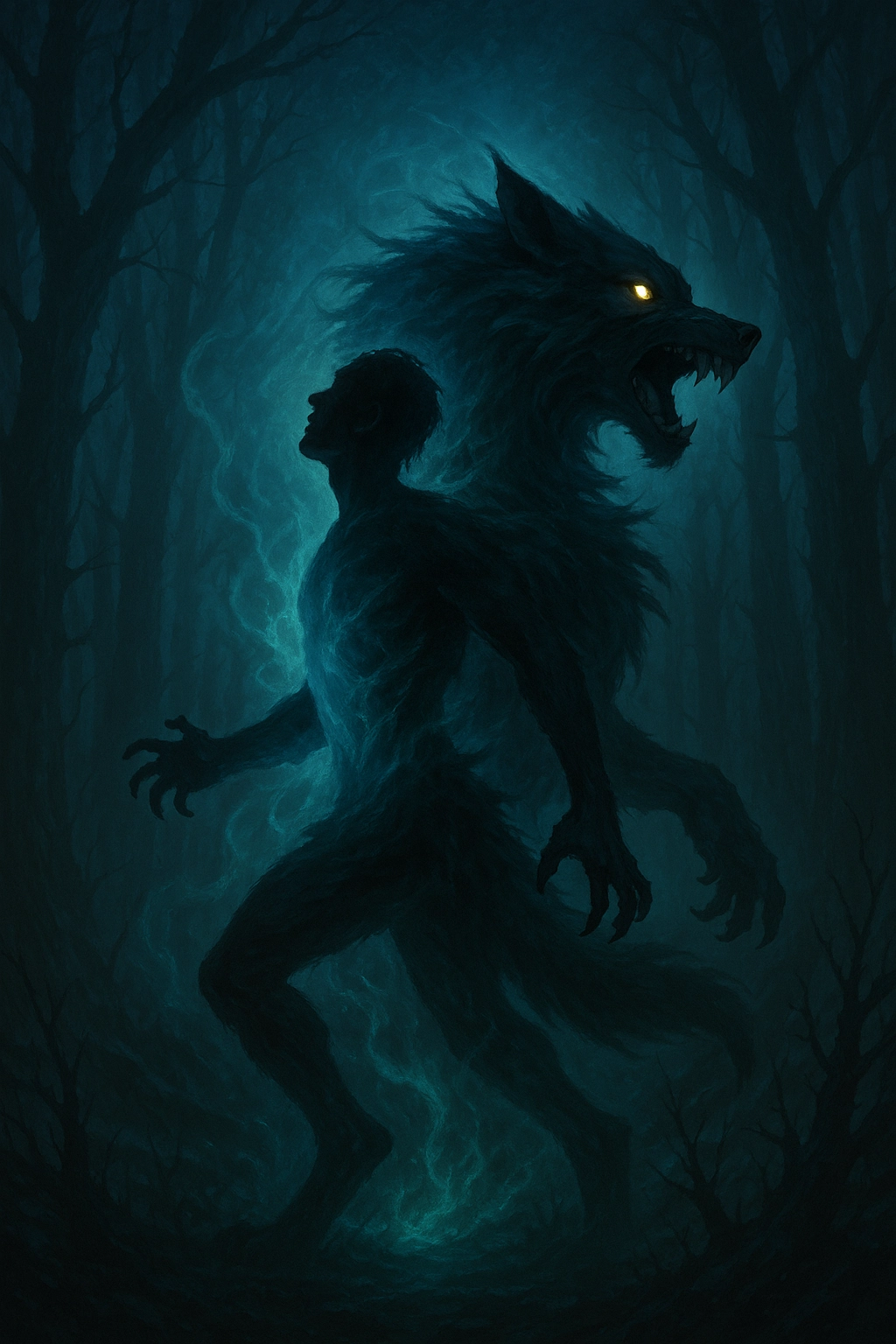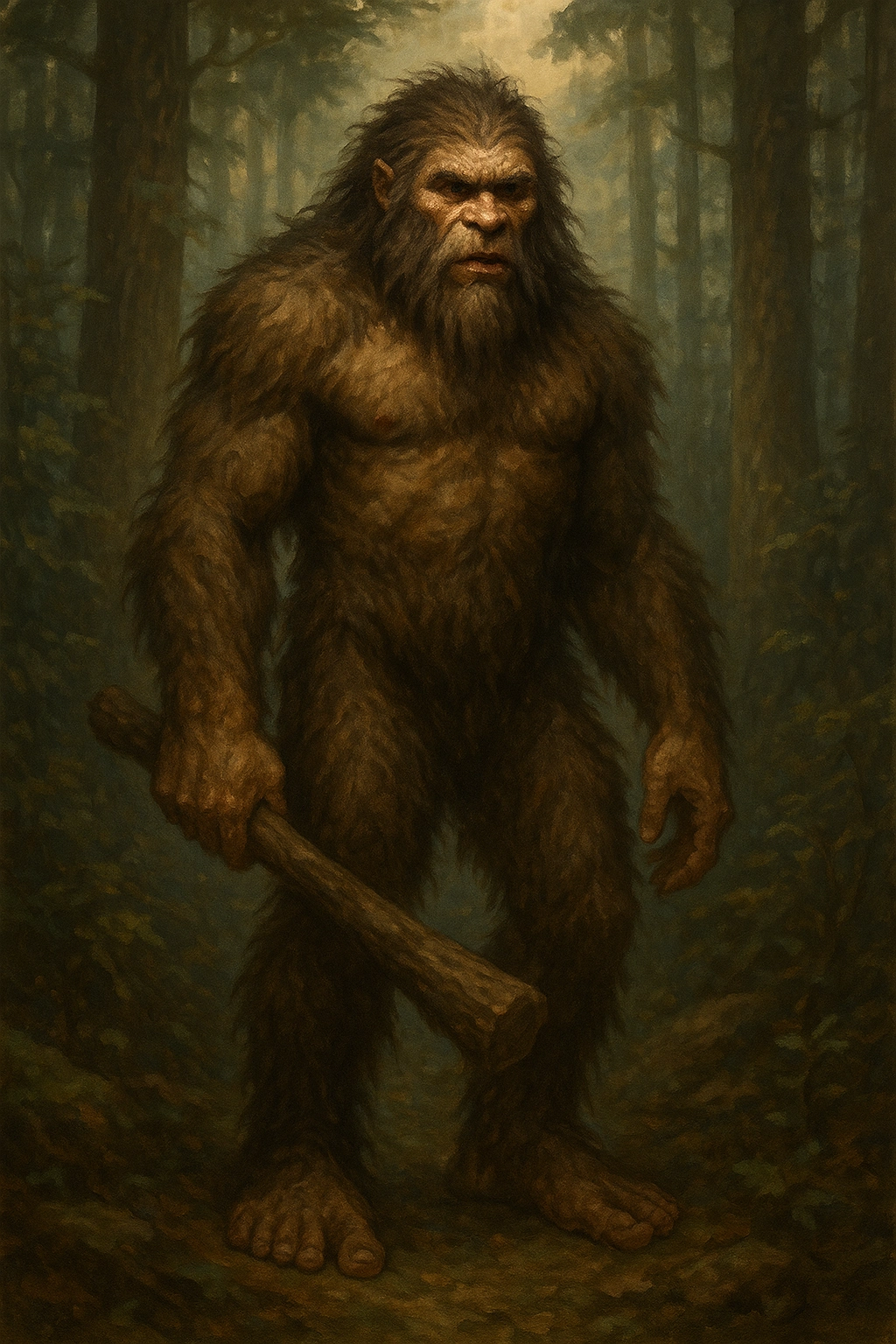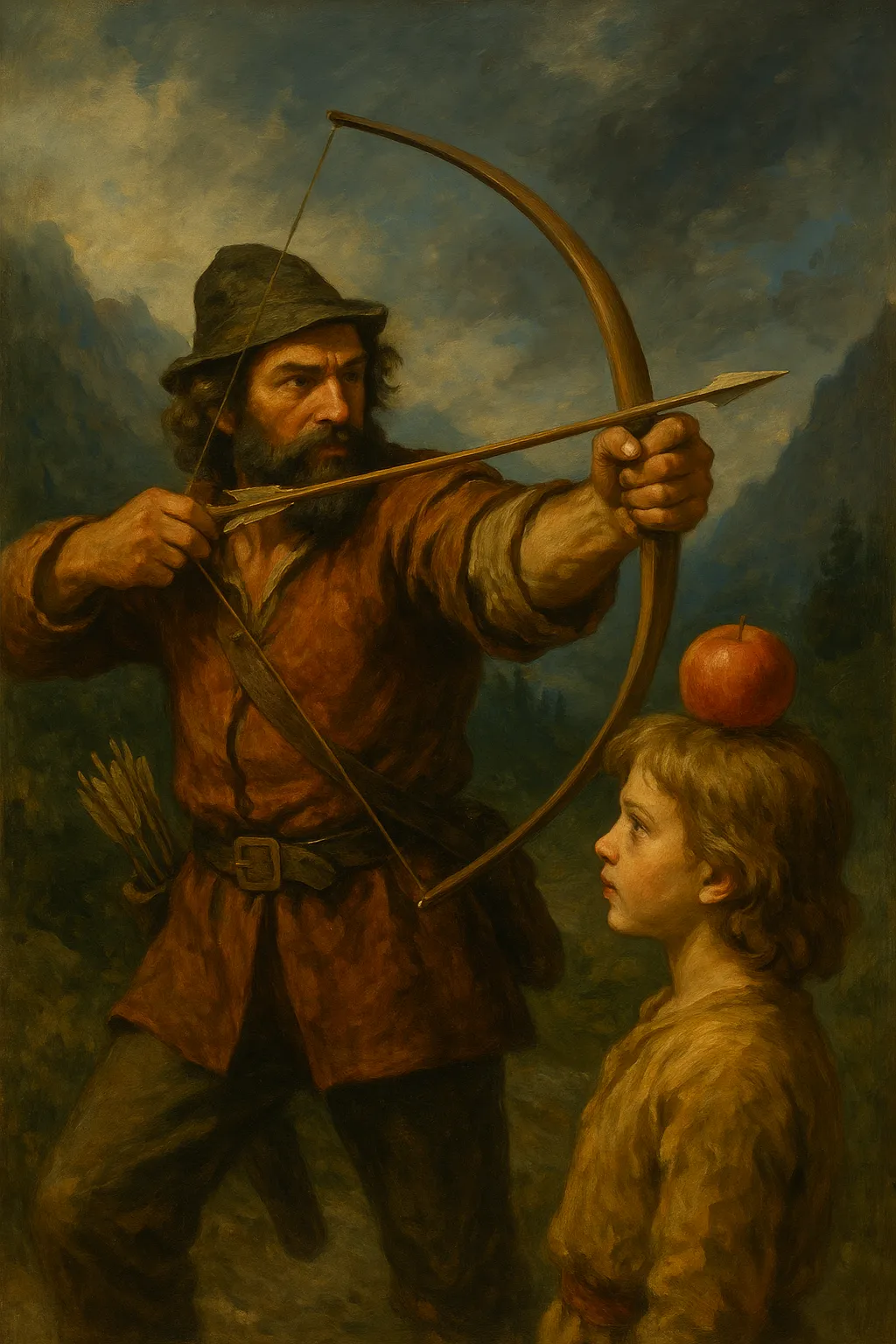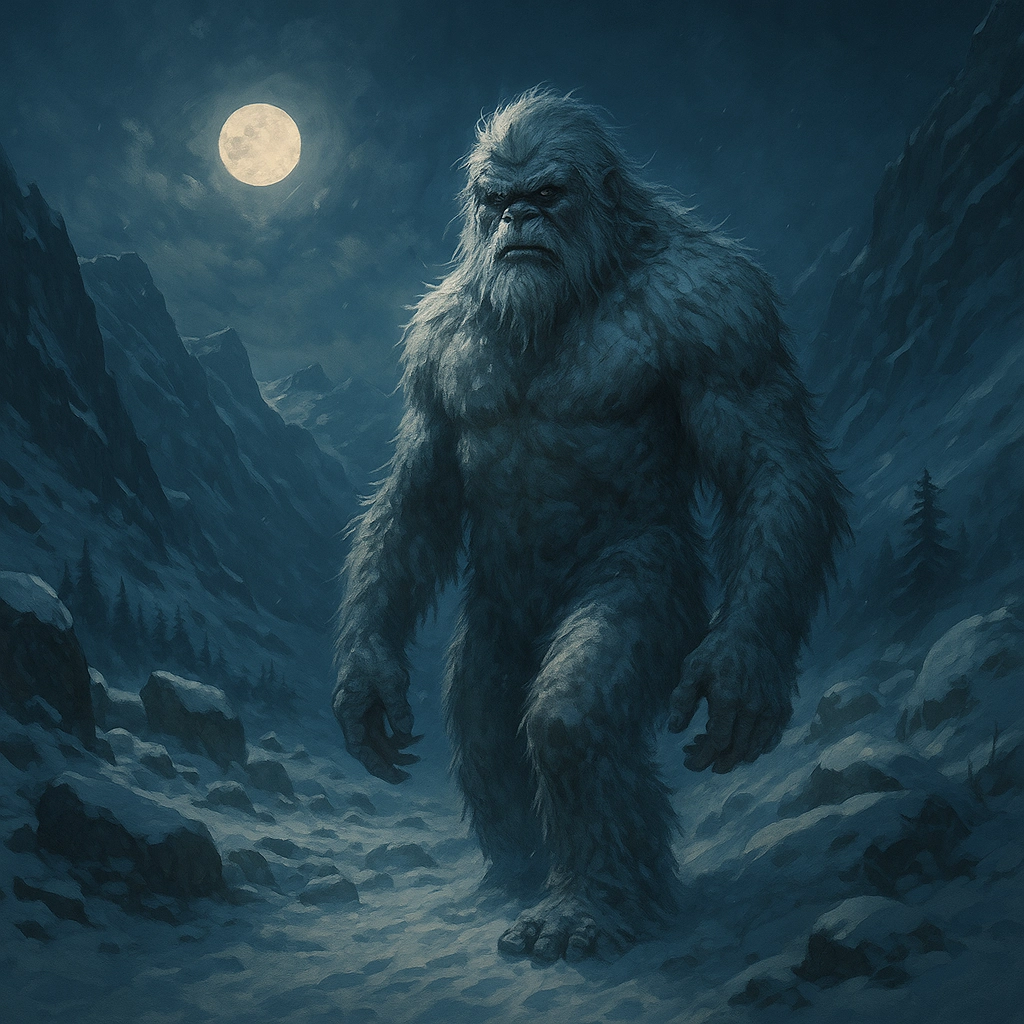The Roswell UFO Incident
Crash, Confusion, and a Legend
Debris in the desert, a press release, and the birth of modern UFO lore
The Incident
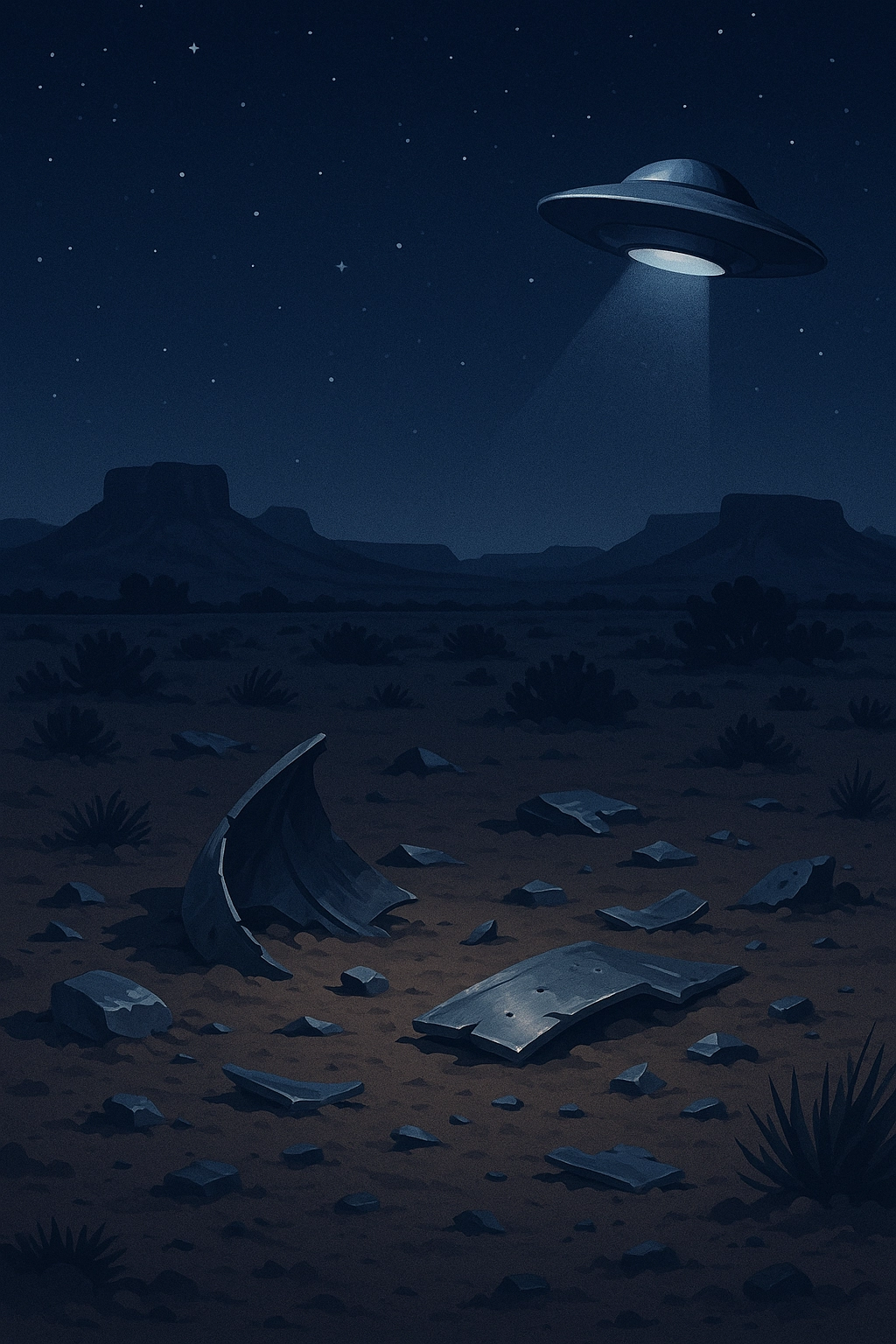
In July 1947, a rancher discovered strange debris scattered across his property near Roswell, New Mexico. The Army initially announced the recovery of a "flying disc," only to quickly retract the statement, claiming the wreckage was from a weather balloon. This reversal fueled suspicion and planted the seeds of a legend.
Eyewitness accounts described metallic fragments that were unusually light yet unbreakable, with some claiming symbols were etched into the material. Such details contradicted the official explanation and gave rise to speculation that the debris was of non-human origin. The abrupt change in the Army's story only deepened the mystery, leaving the public unsure of what had really been found in the desert.
Theories and Speculation
Over the decades, Roswell became synonymous with UFOs and alien cover-ups. Some argue the wreckage was part of Project Mogul, a classified U.S. program that used high-altitude balloons to detect Soviet nuclear tests. This explanation, released years later, accounts for the strange materials and secrecy-but not everyone is convinced.
Others claim the government deliberately concealed proof of extraterrestrial contact. Eyewitnesses described metallic debris that defied explanation, and in some retellings, alleged alien bodies transported to secret facilities such as Hangar 18 at Wright-Patterson Air Force Base. Testimonies often surfaced decades after the event, blurring the line between memory and myth.
Pop culture magnified the mystery. Television specials, films, and countless books painted Roswell as ground zero for modern UFO lore. The incident became a symbol: not only of possible alien visitation, but of deep distrust in official narratives. For skeptics, it remains a case study in Cold War secrecy. For believers, it is enduring evidence that humanity may not be alone.
Legacy and Cultural Impact
Today, Roswell is more than a single incident-it has become a cultural touchstone of the UFO age. The mystery sparked a wave of interest in extraterrestrials that continues to this day, shaping how people imagine alien craft, secret military bases, and government cover-ups. For many, Roswell is not just a place on the map, but the birthplace of modern UFO mythology.
The legacy lives on in countless forms: from documentaries and Hollywood blockbusters, to novels, video games, and late-night radio programs. The term "Roswell" itself is now shorthand for the unknown, a symbol that transcends the original event. This cultural recycling ensures that the story is never confined to the past-it is constantly reinterpreted, reimagined, and kept alive.
The city of Roswell embraced the legend, transforming into a global hub for UFO tourism. Annual festivals attract believers, skeptics, and the merely curious, blending science fiction spectacle with genuine curiosity about life beyond Earth. Gift shops, museums, and roadside attractions capitalize on the mystique, making Roswell both a serious subject of debate and a playful part of pop culture.
Whether it was truly a case of Cold War secrecy or a brush with the extraterrestrial, the Roswell Incident continues to blur the line between fact and folklore. Its legacy is not just about what may have fallen from the sky in 1947, but about how humans create, share, and sustain mysteries that speak to our deepest hopes and fears.


